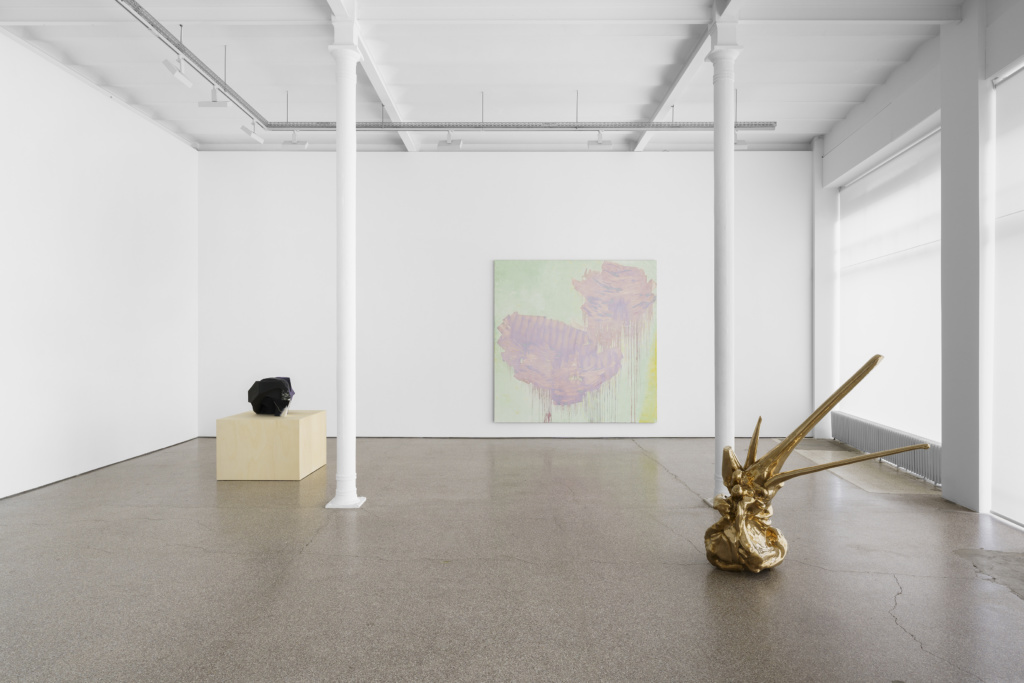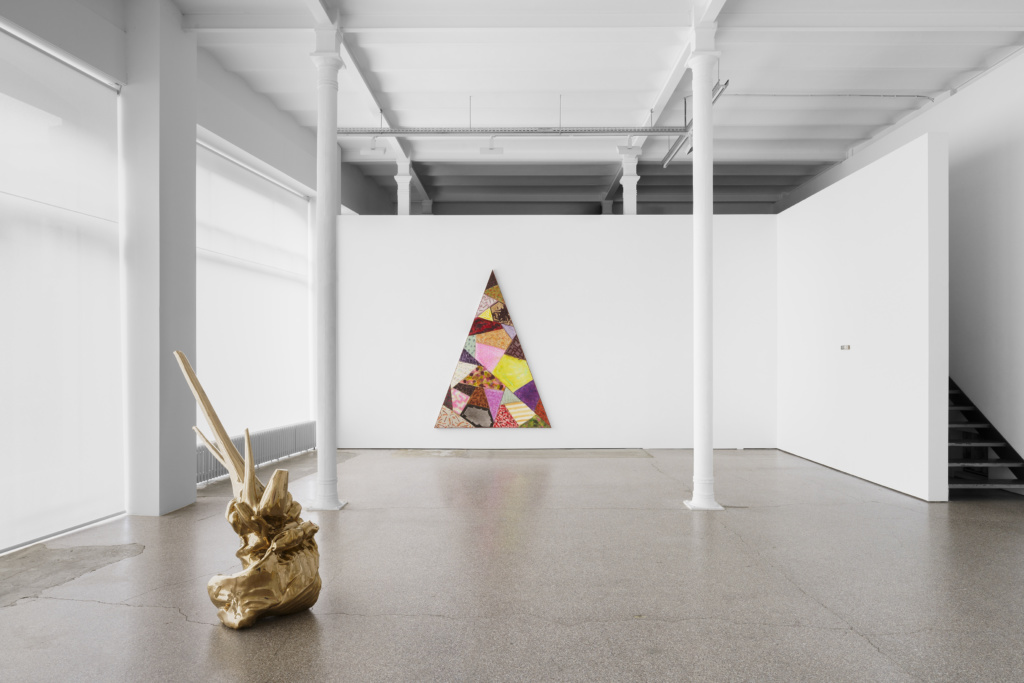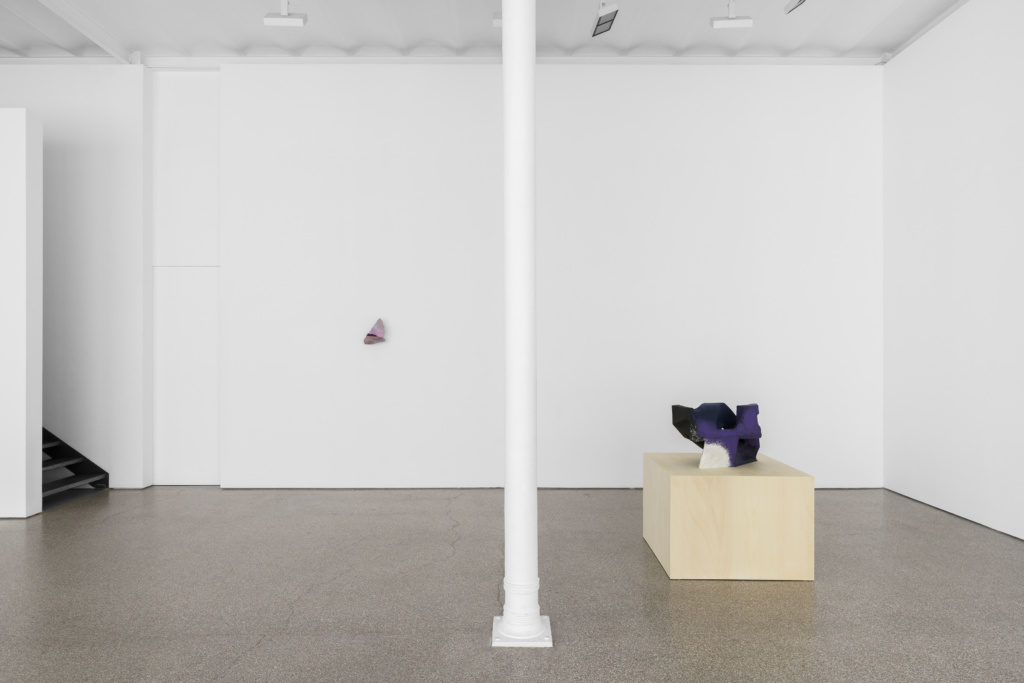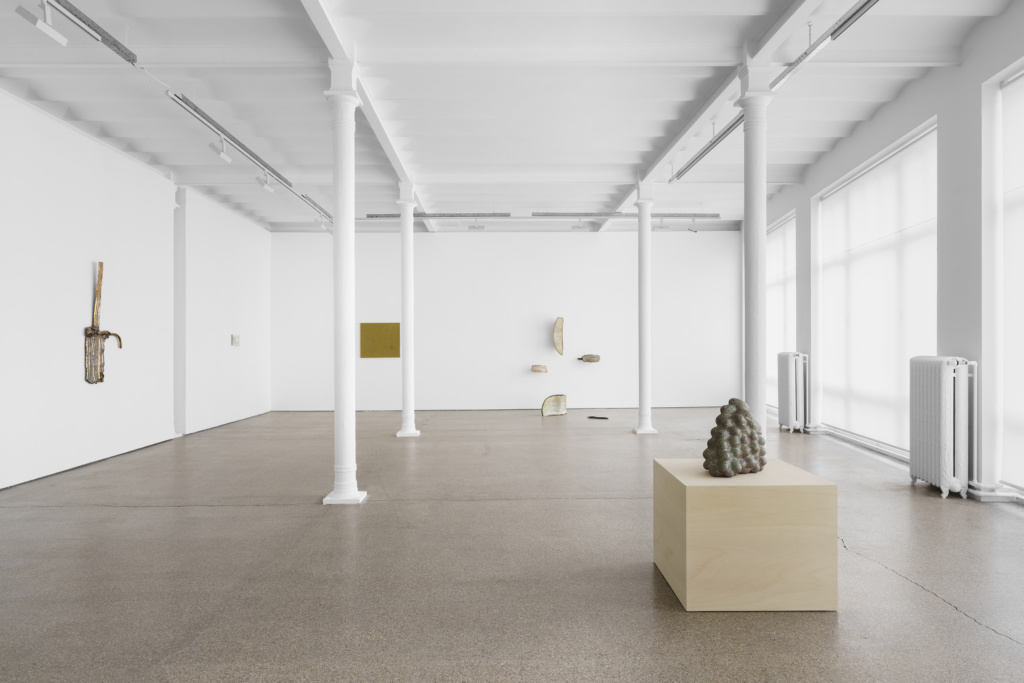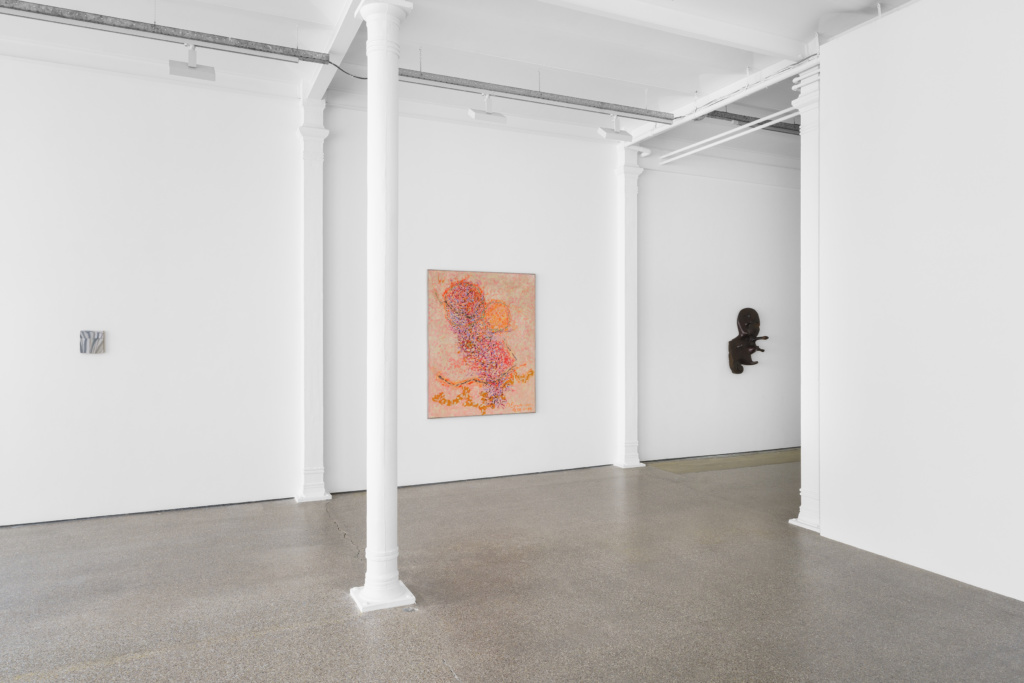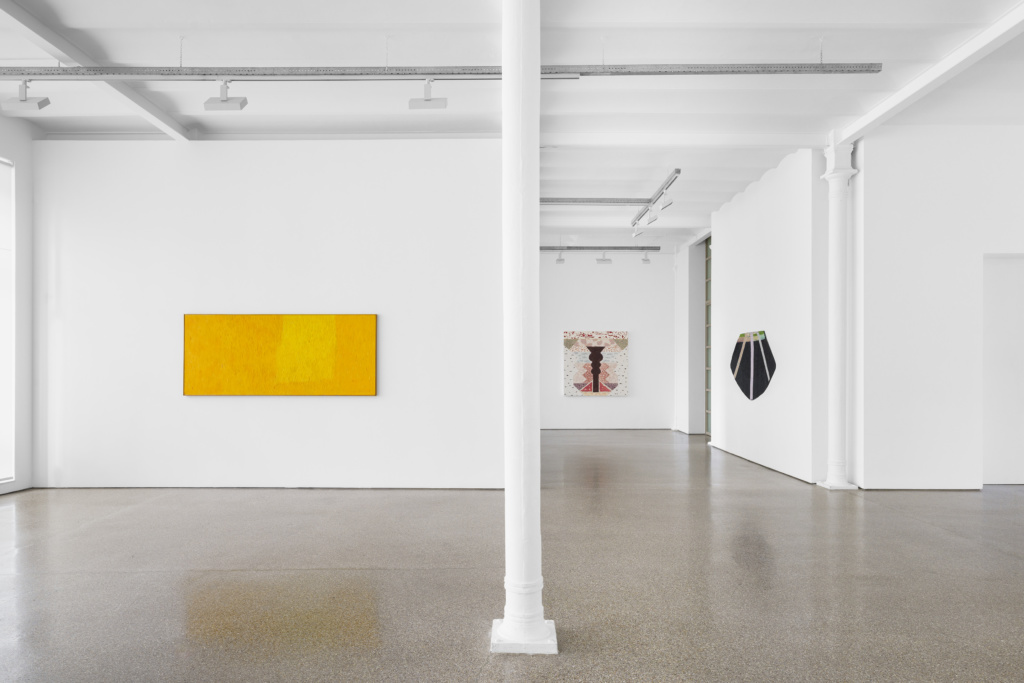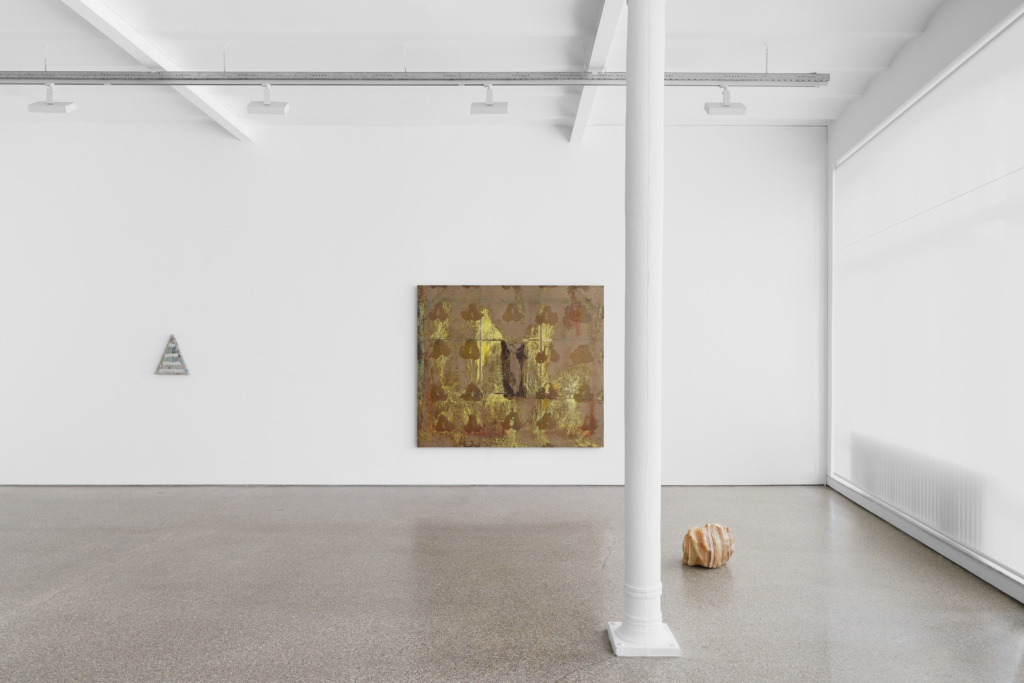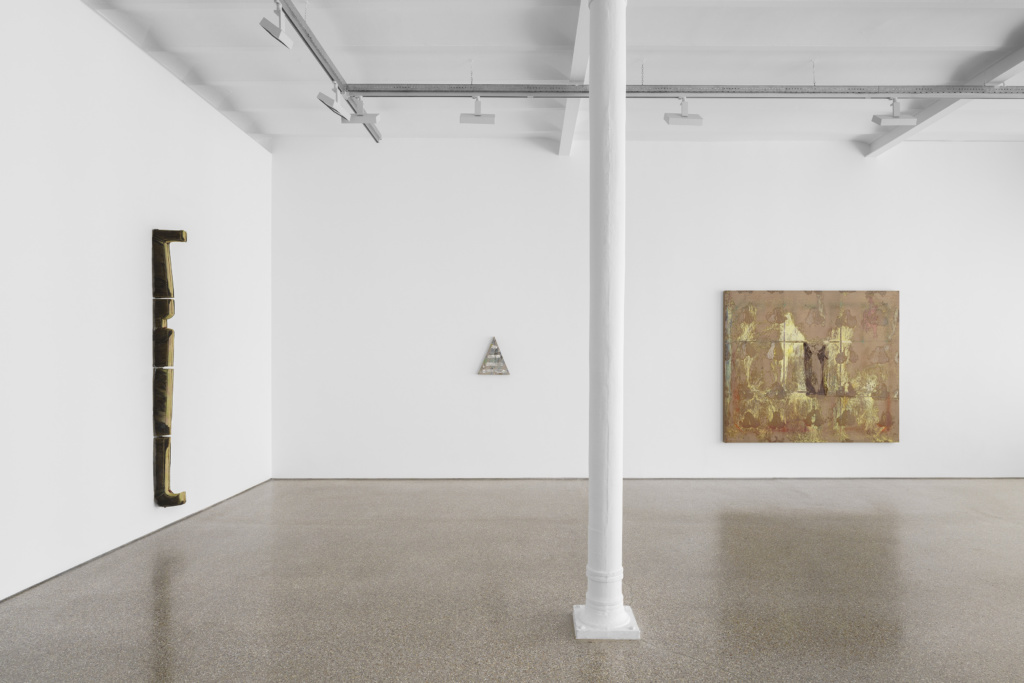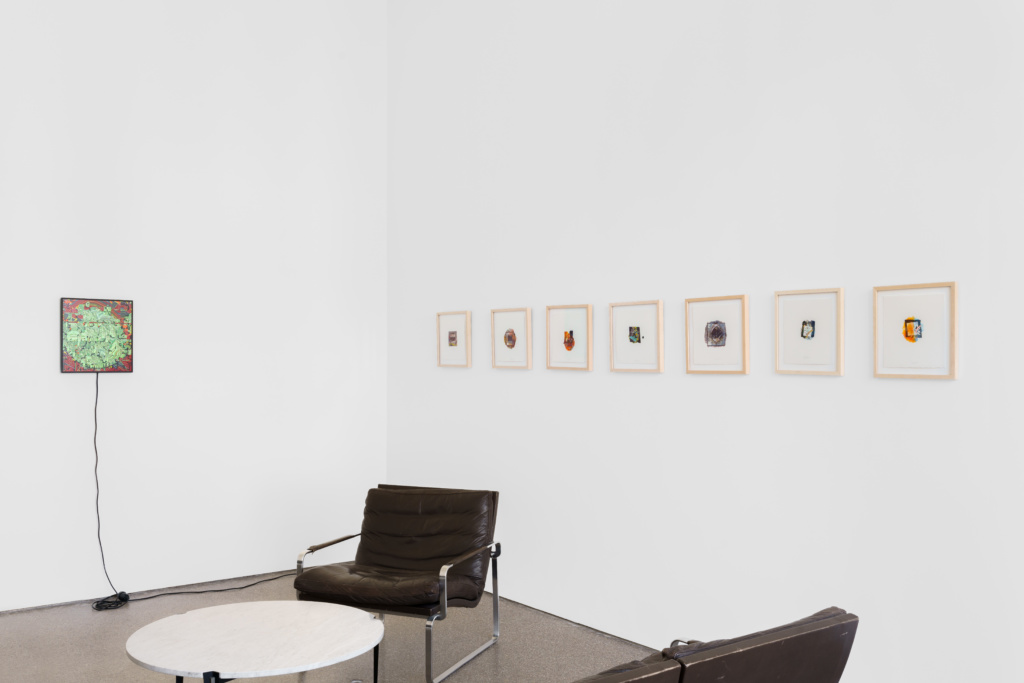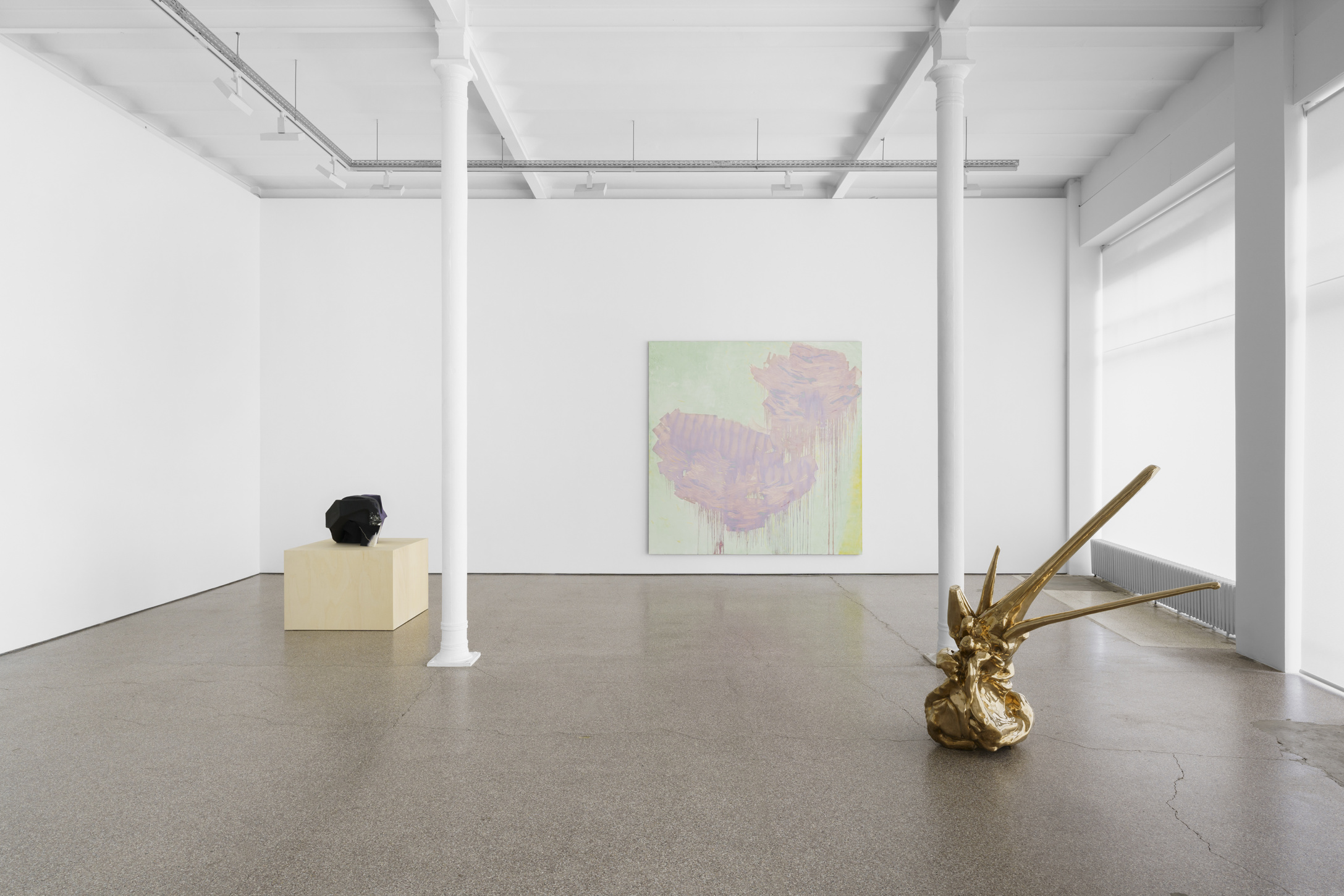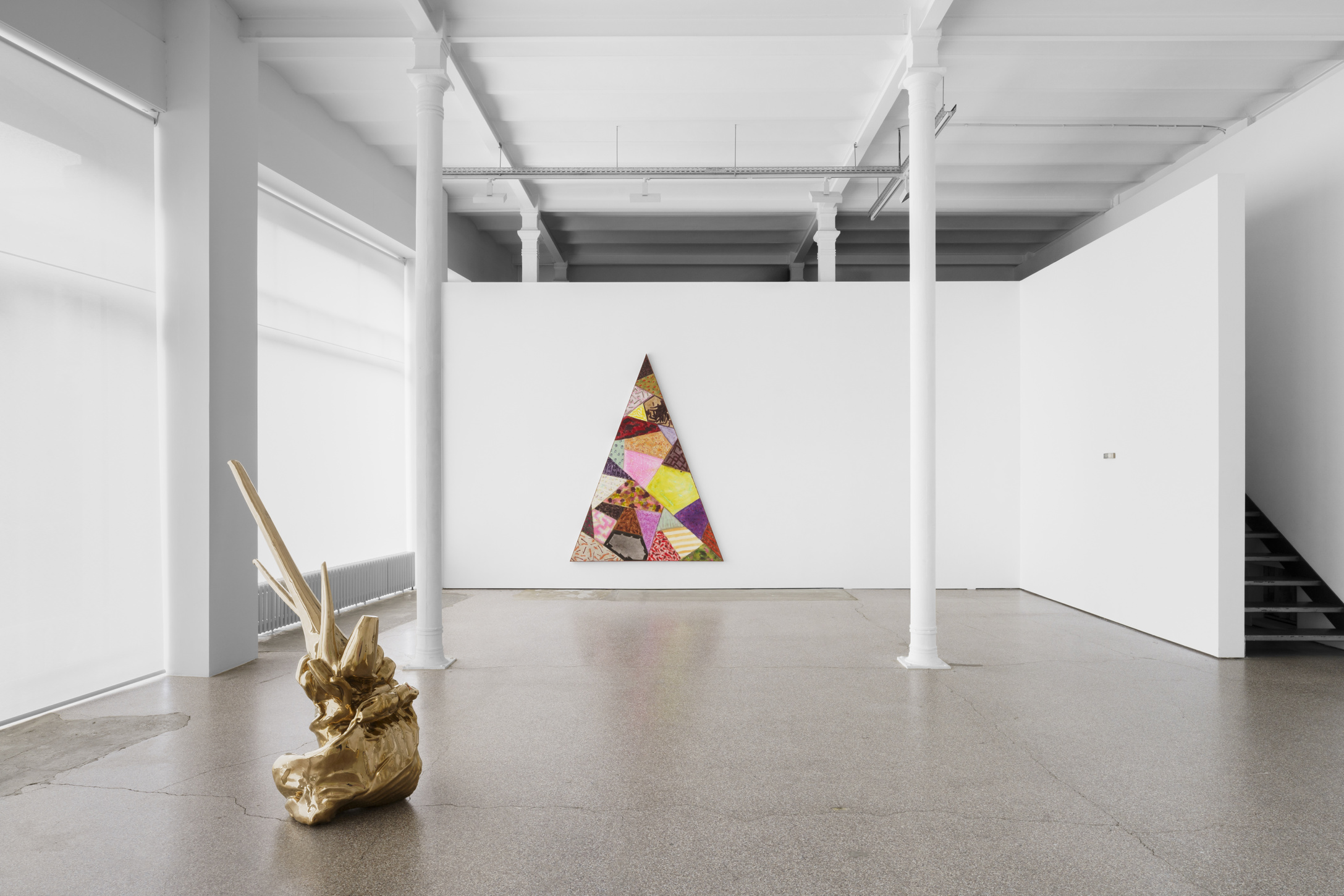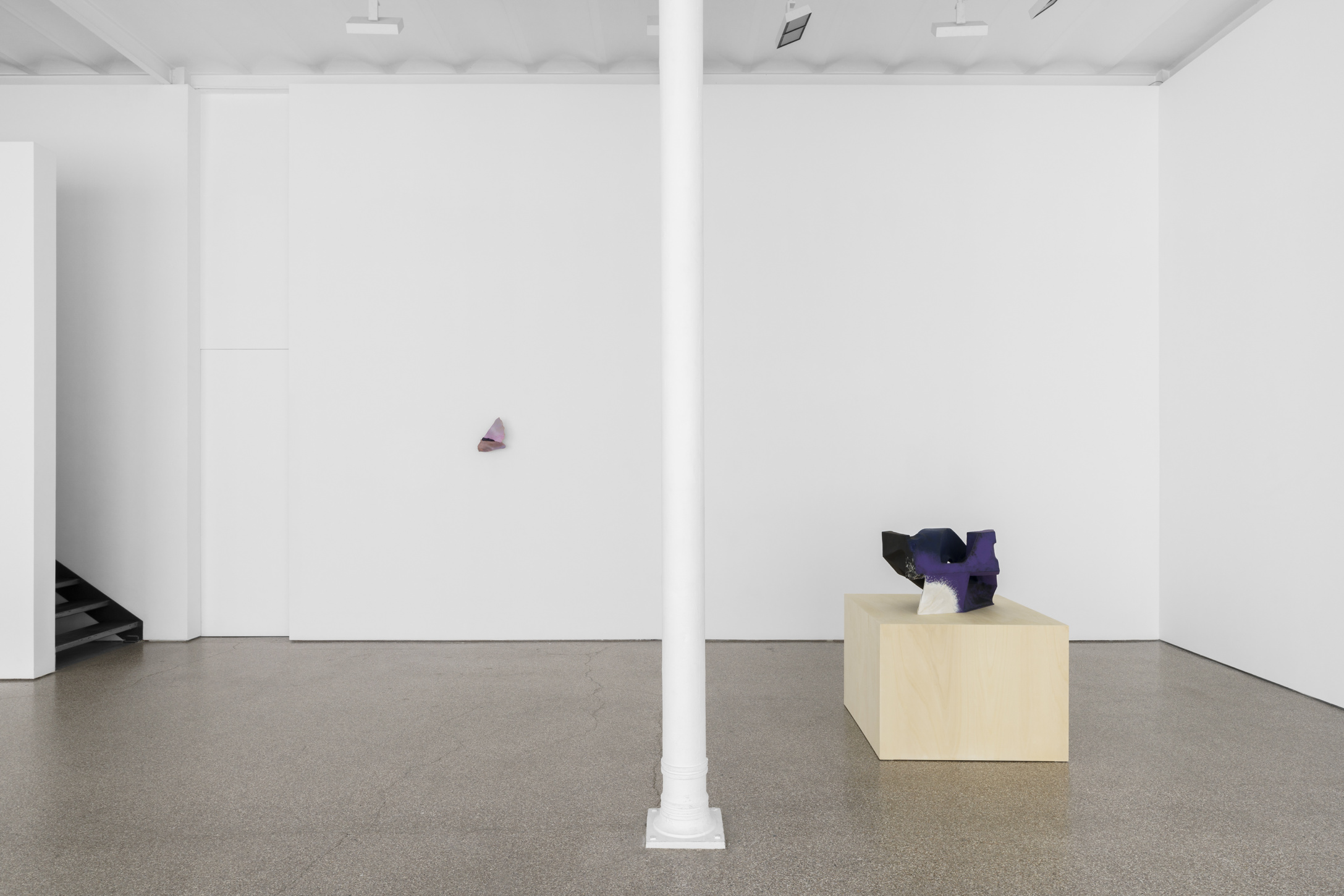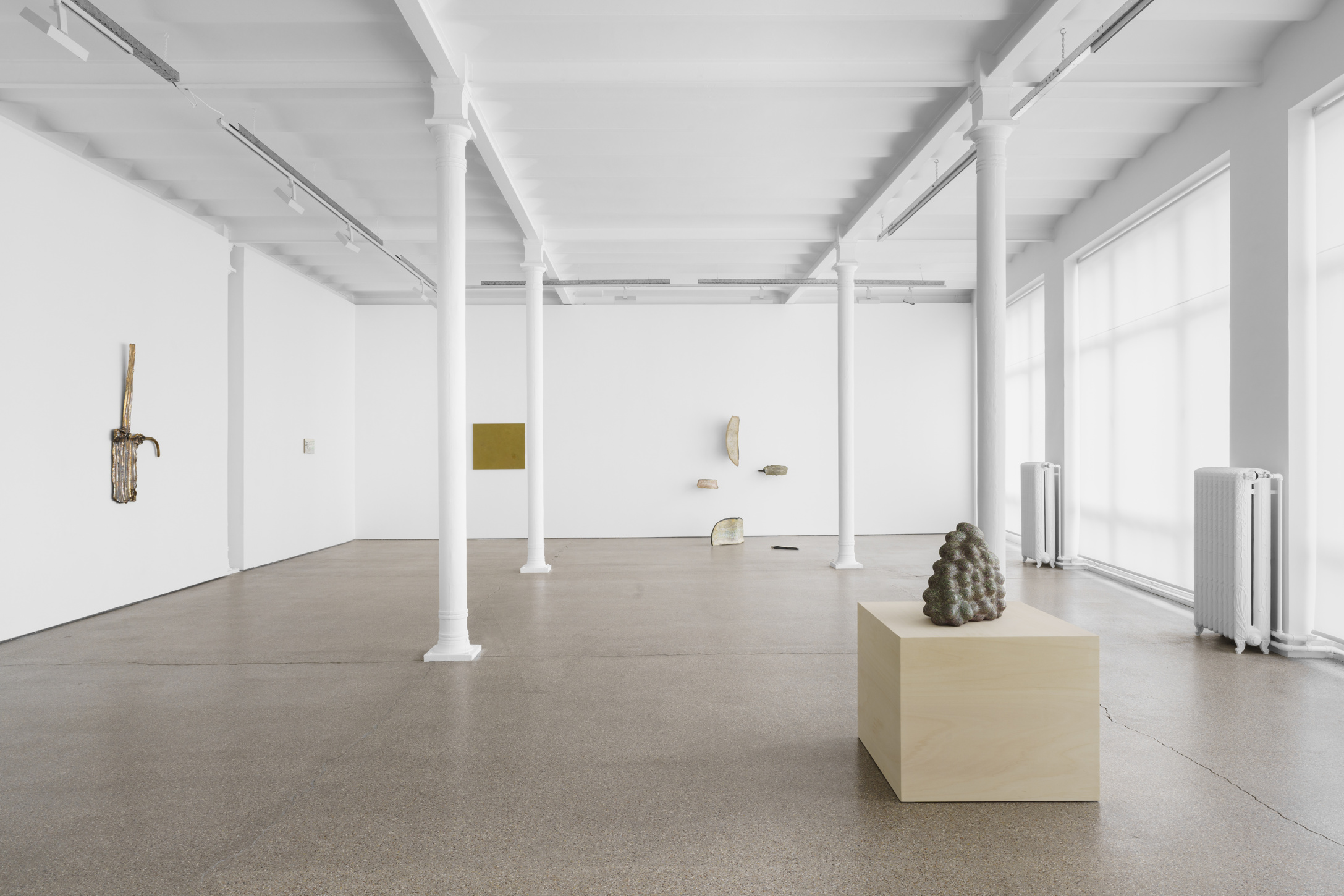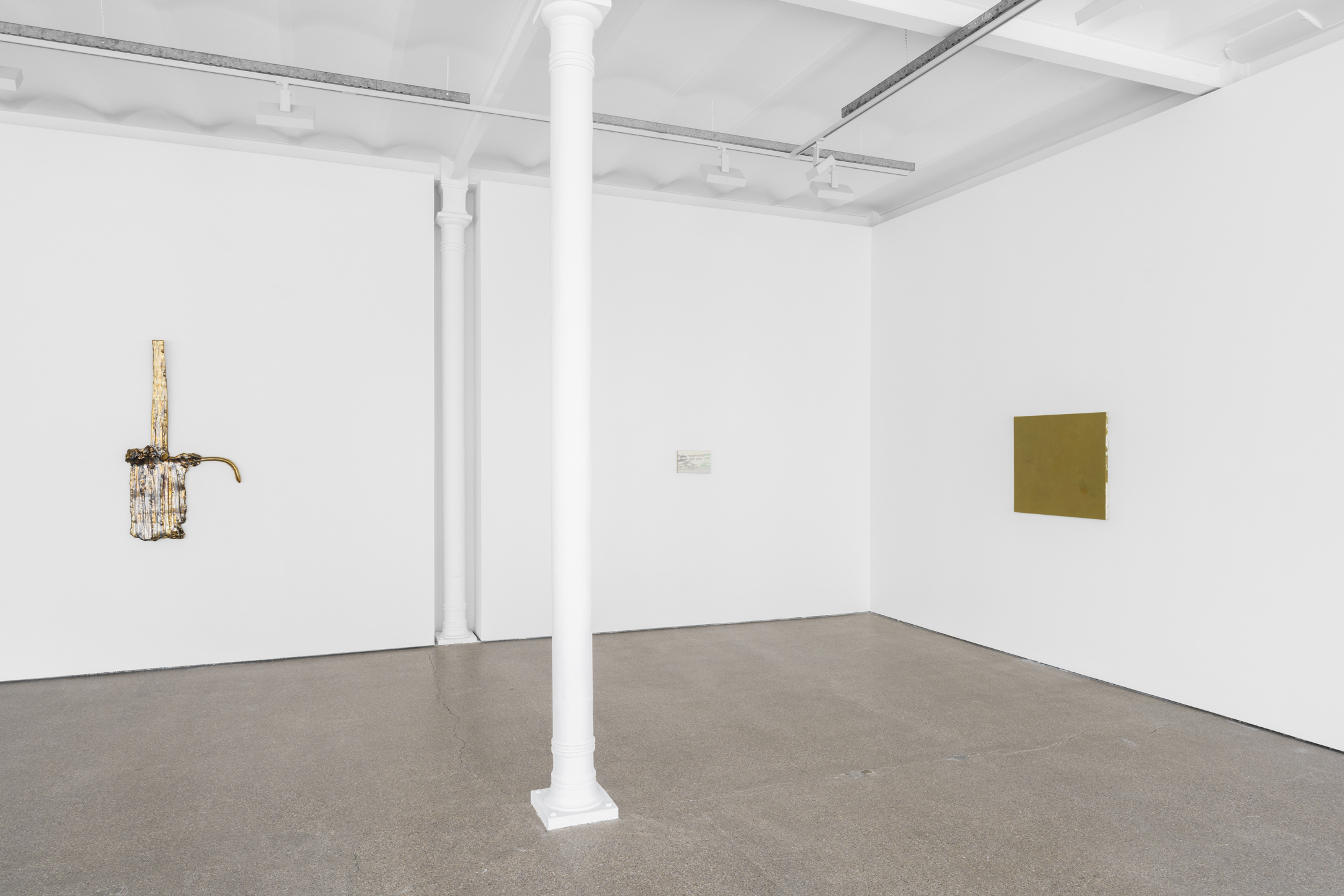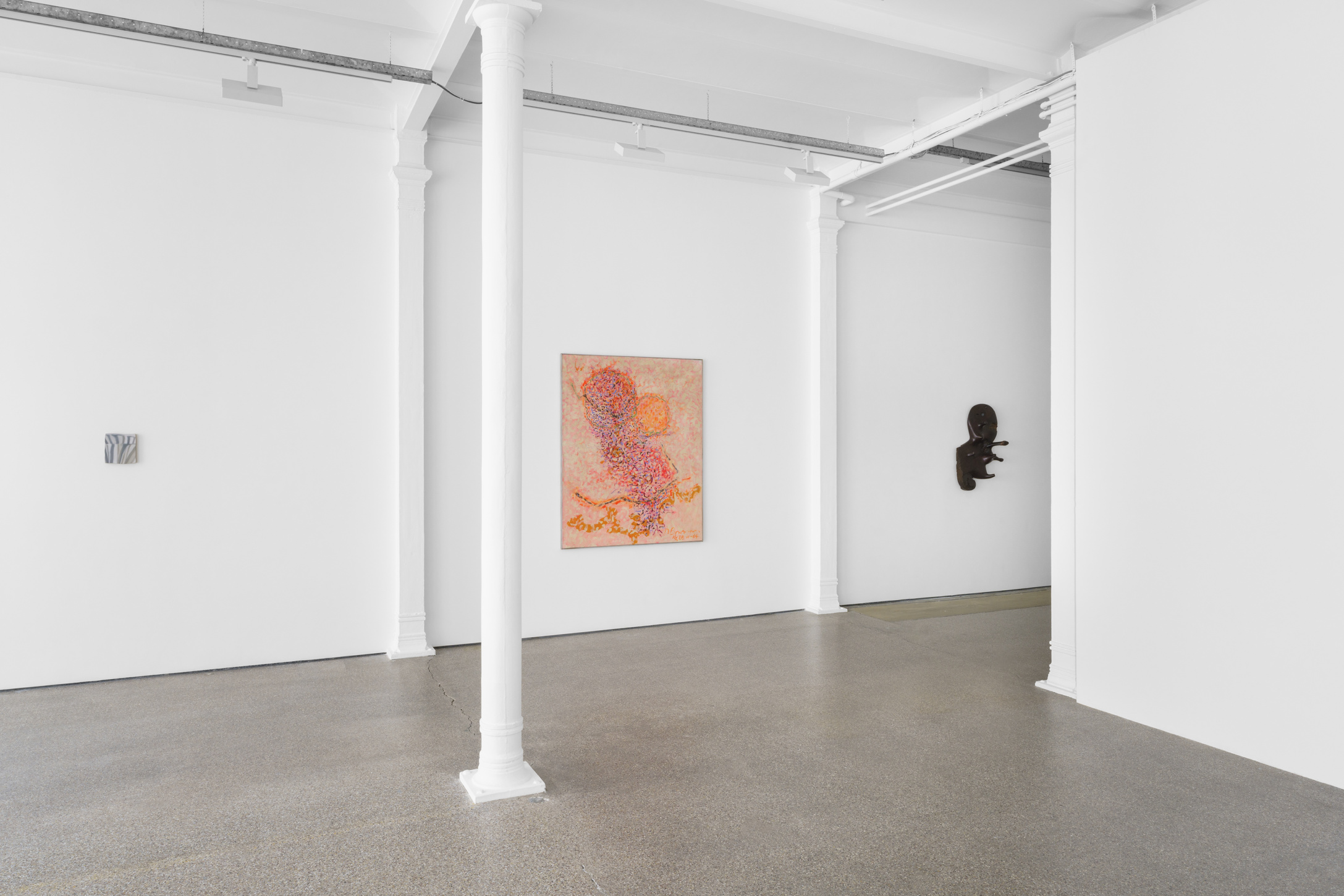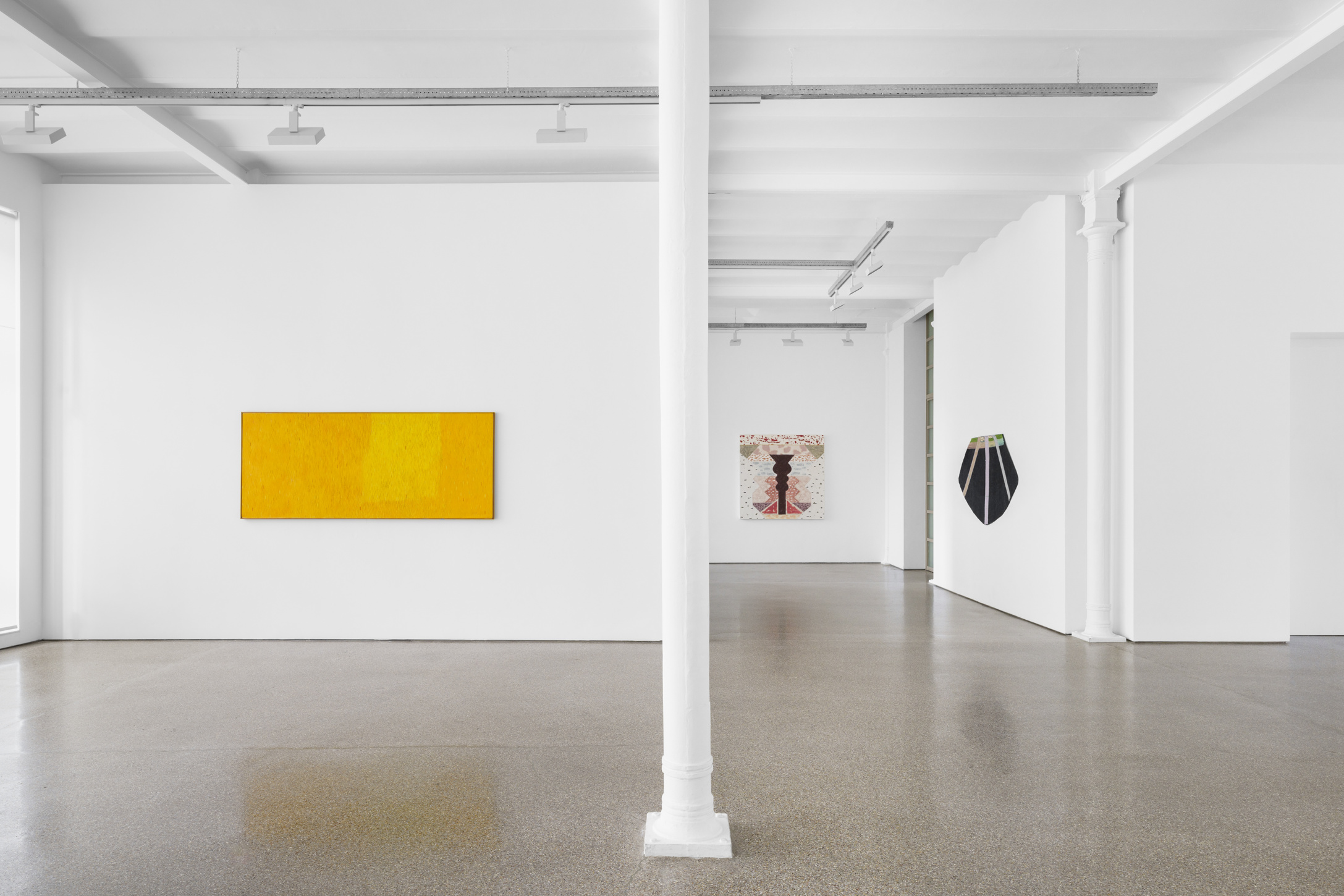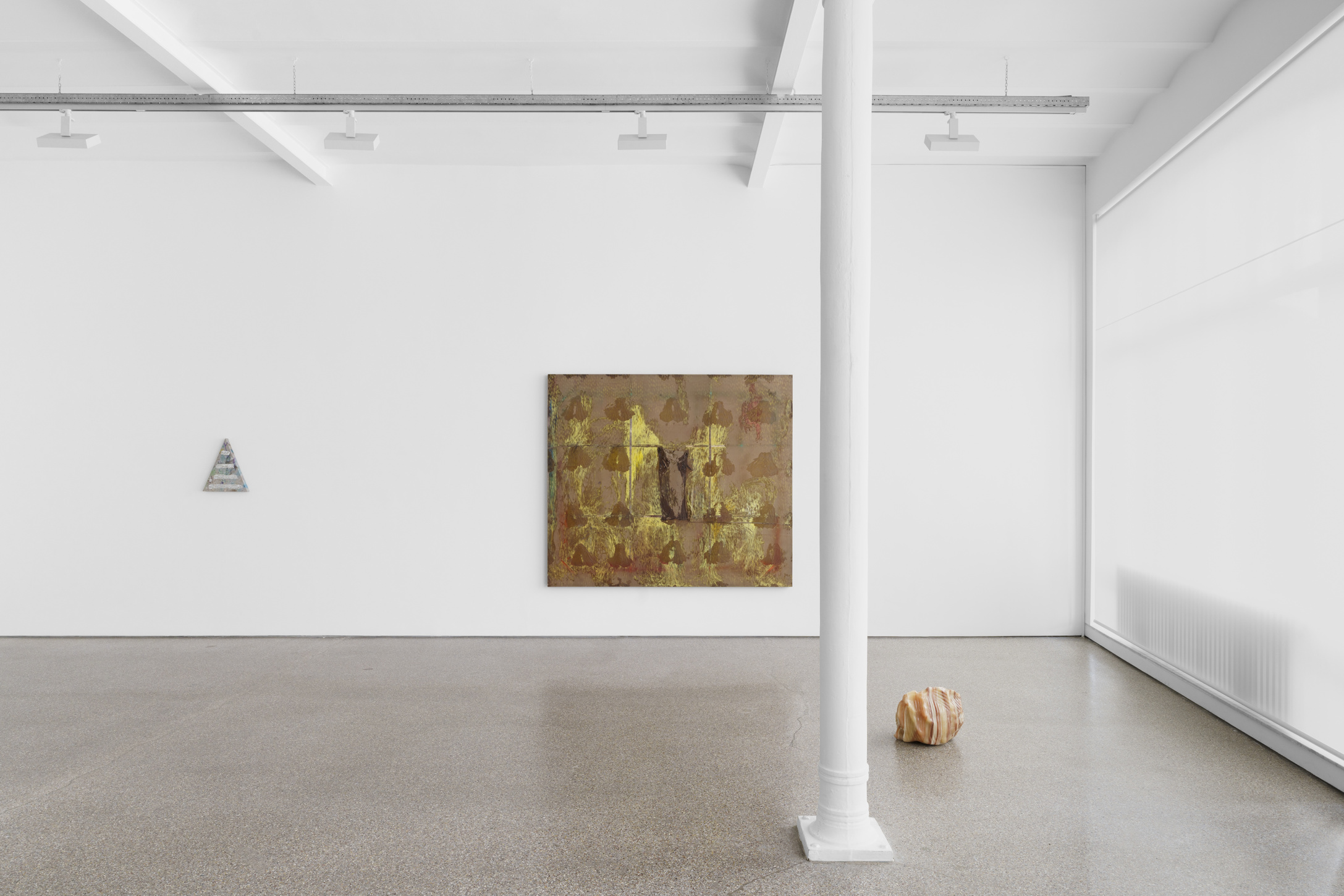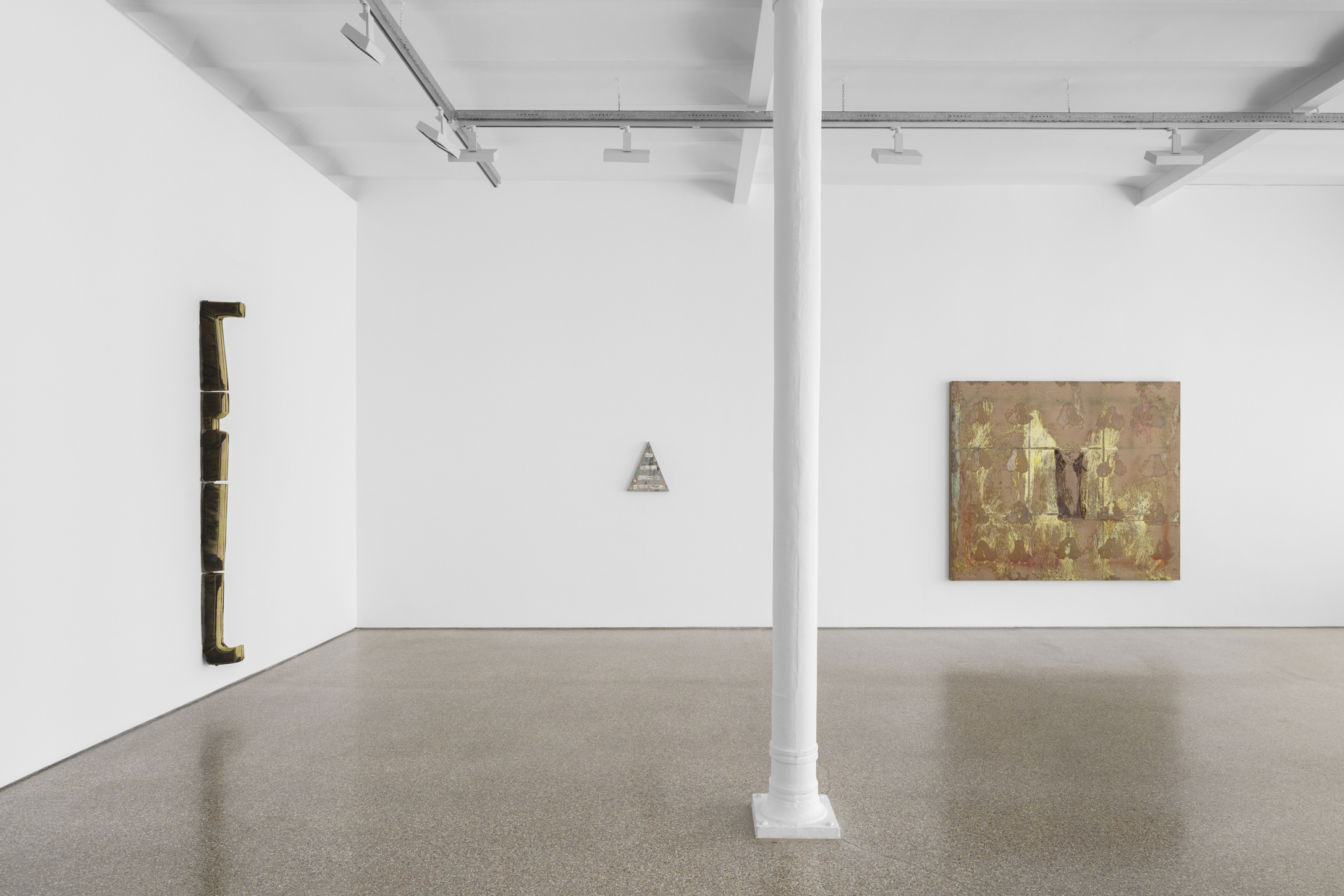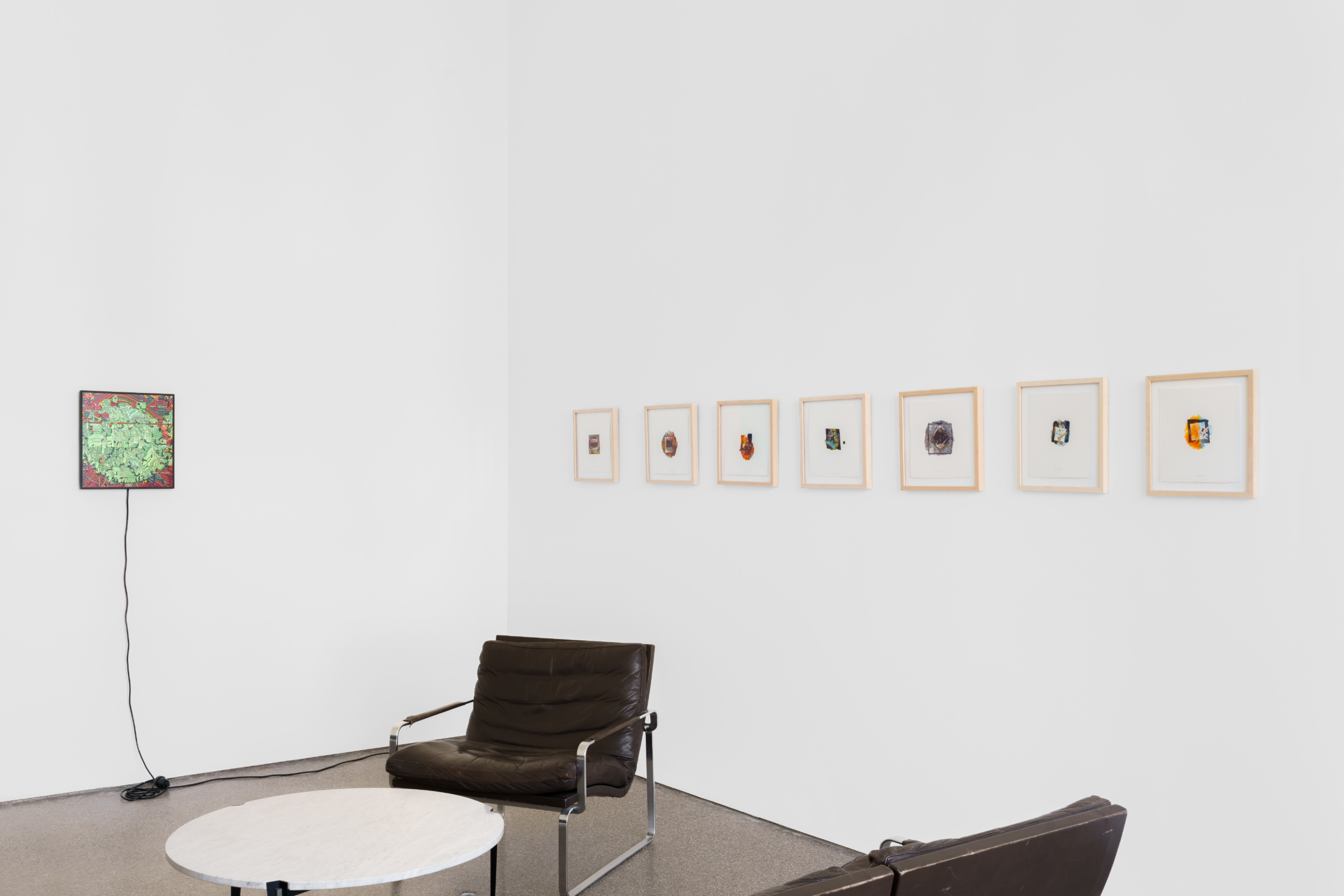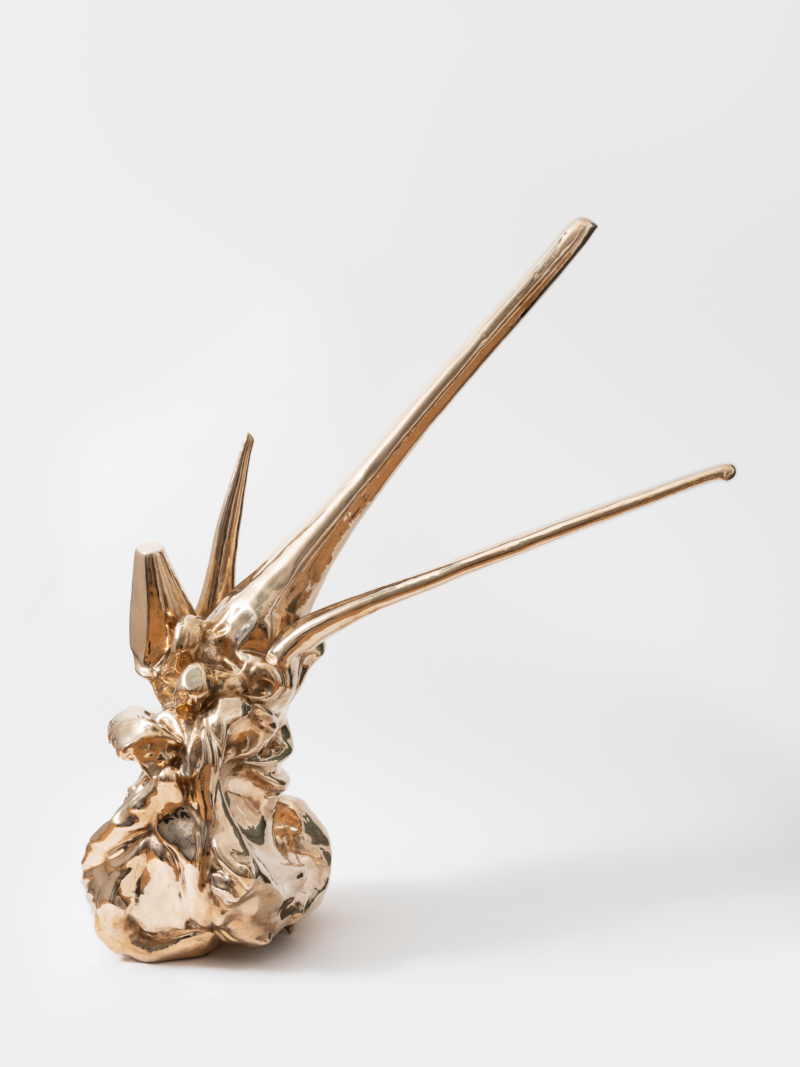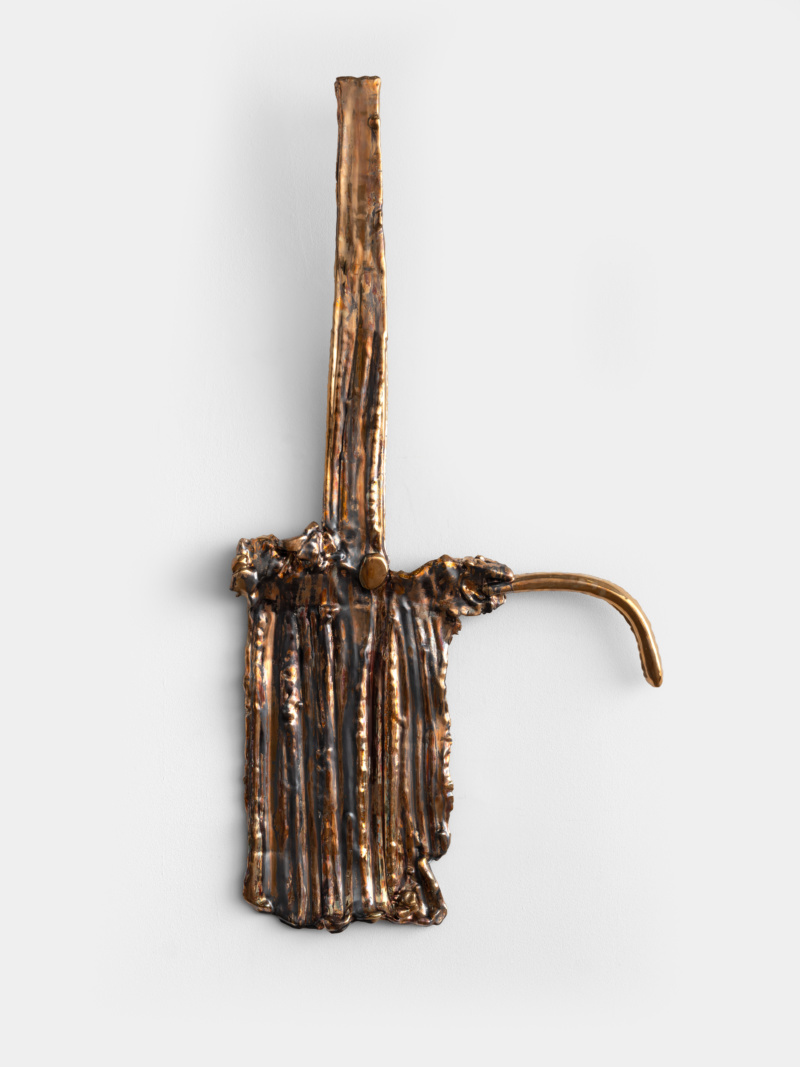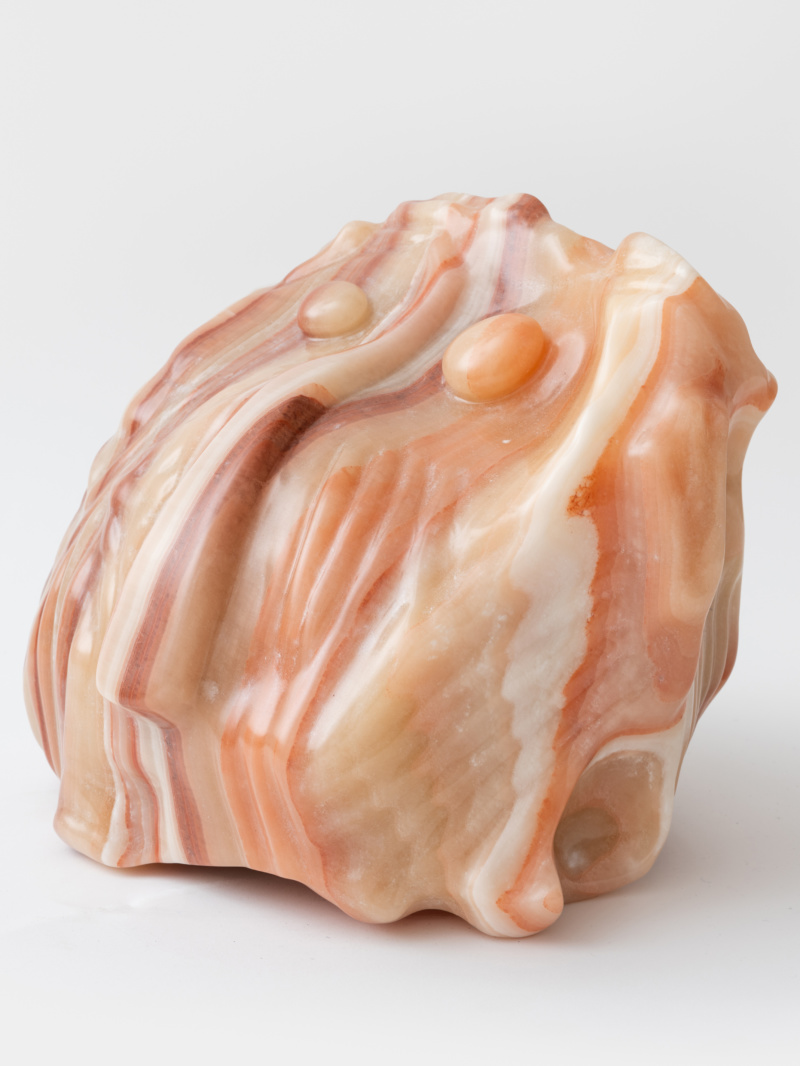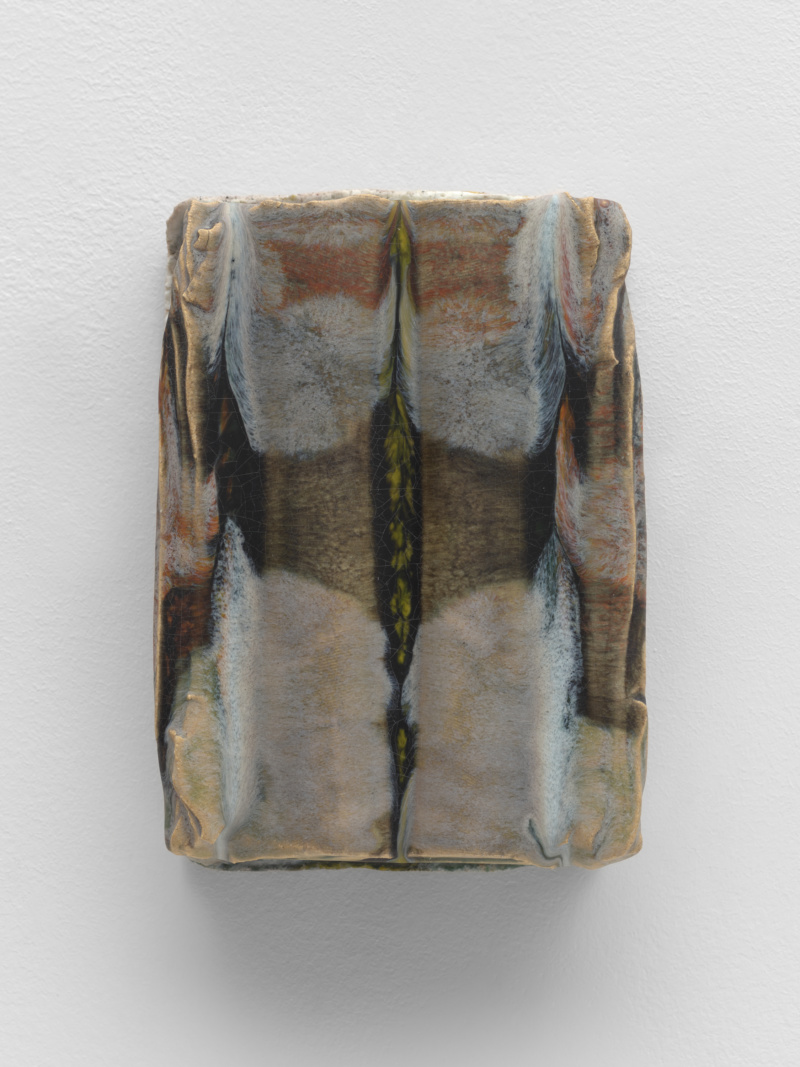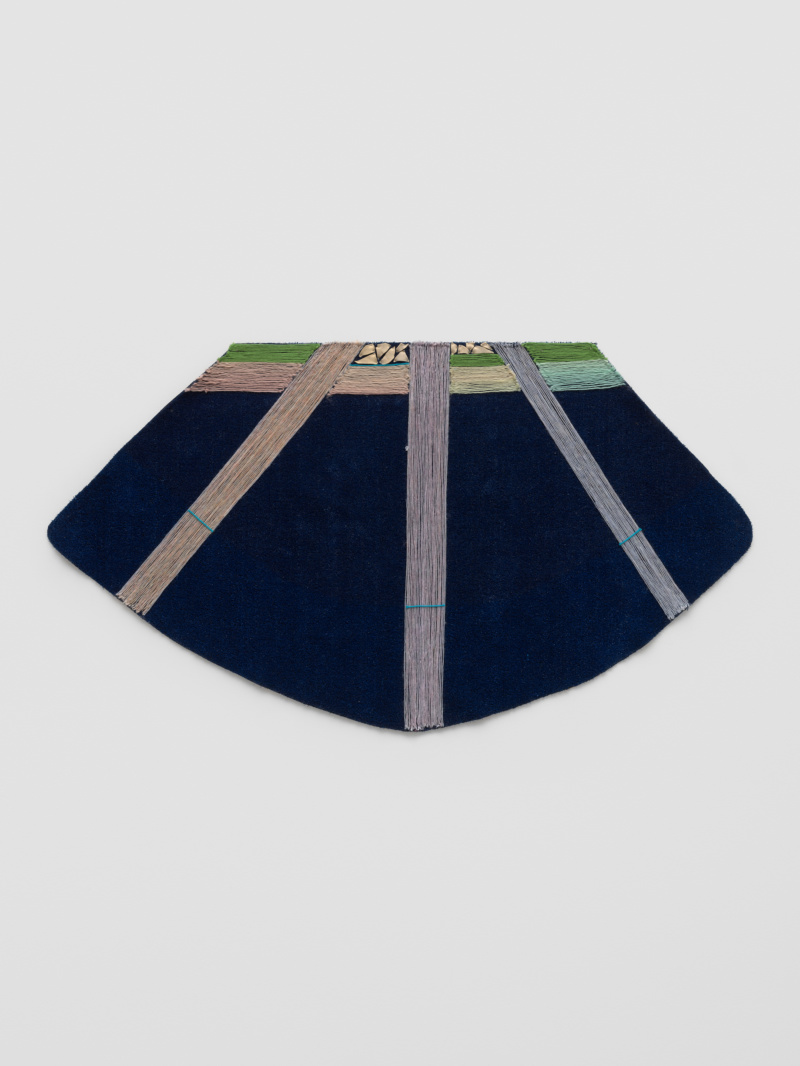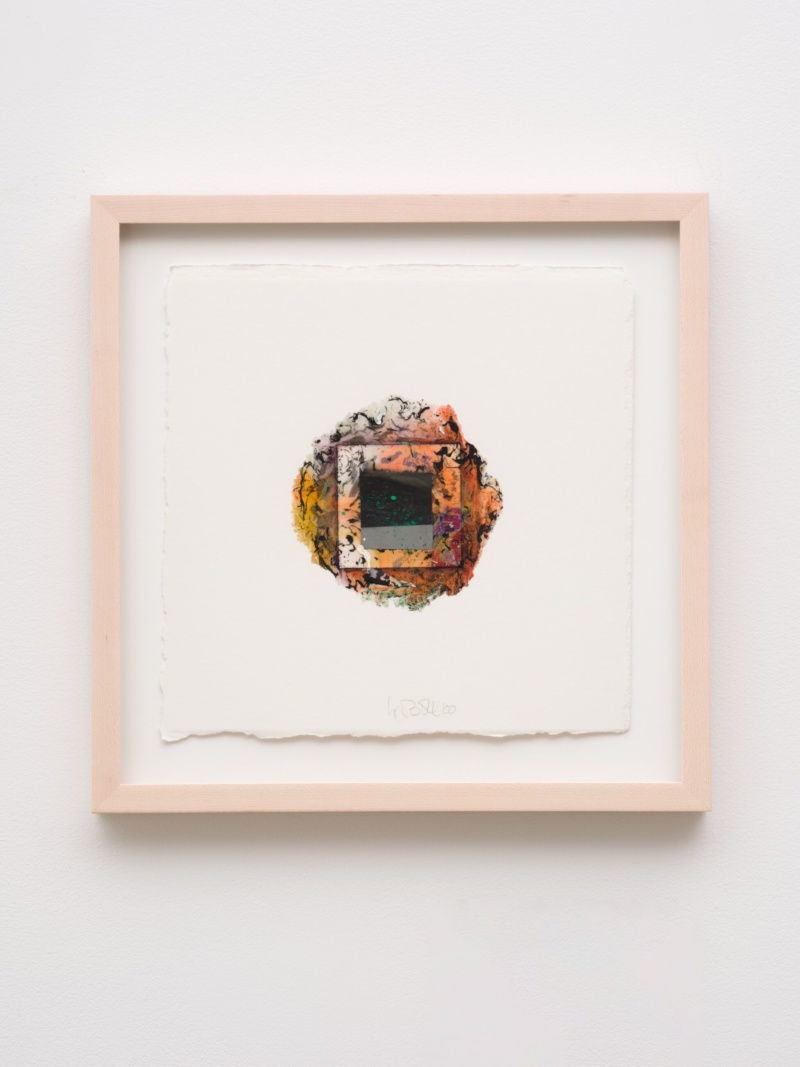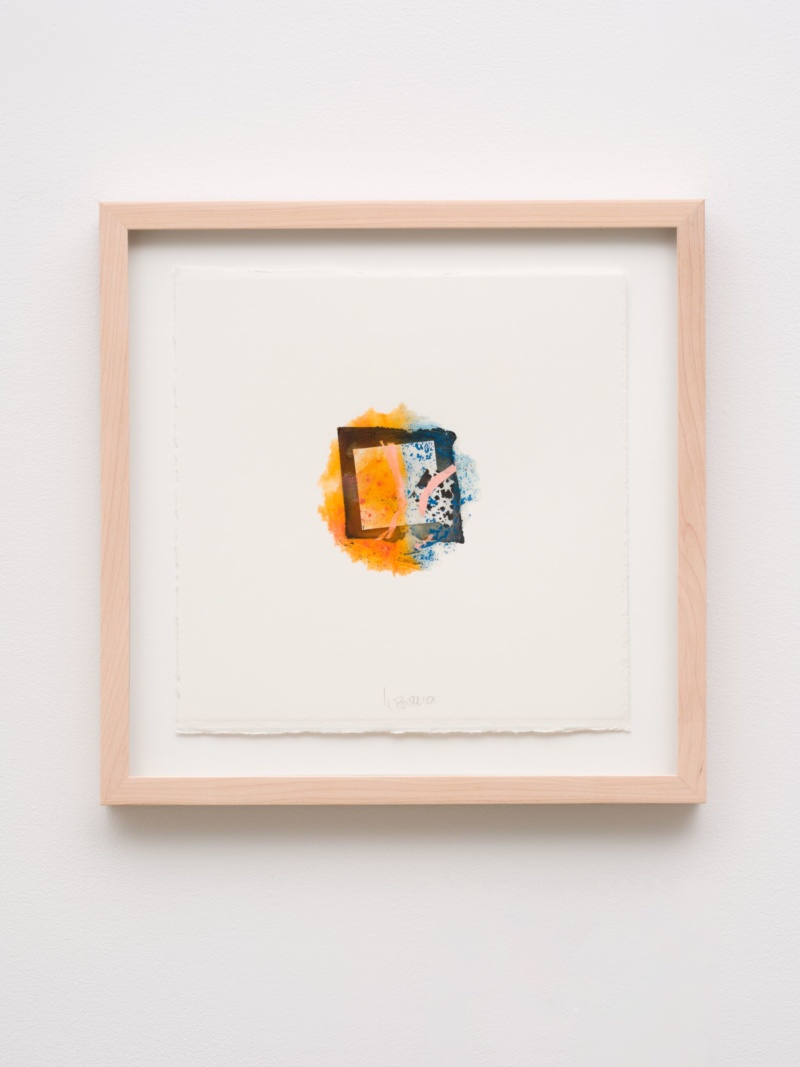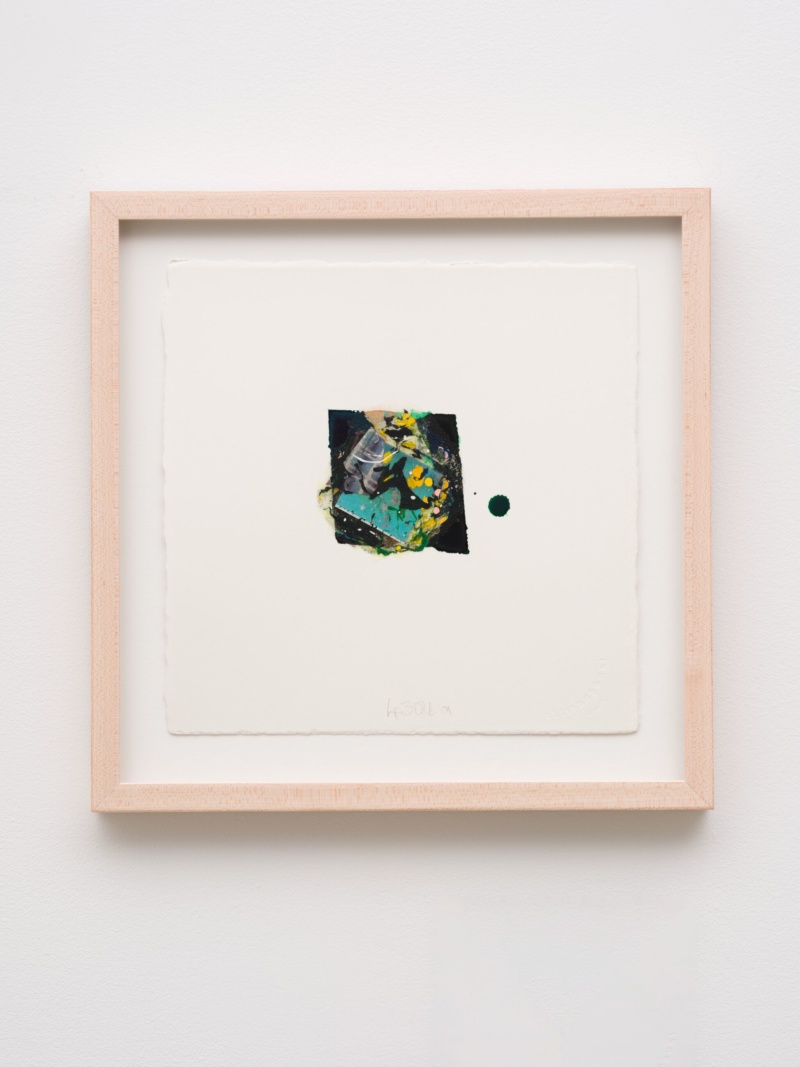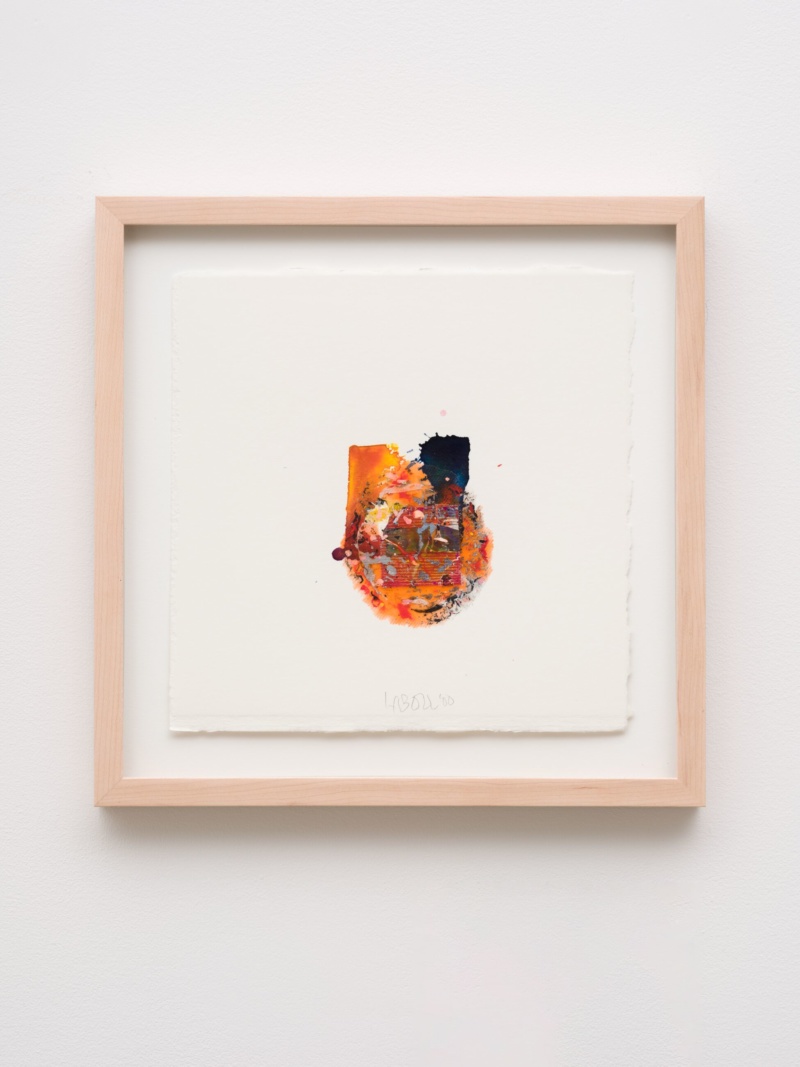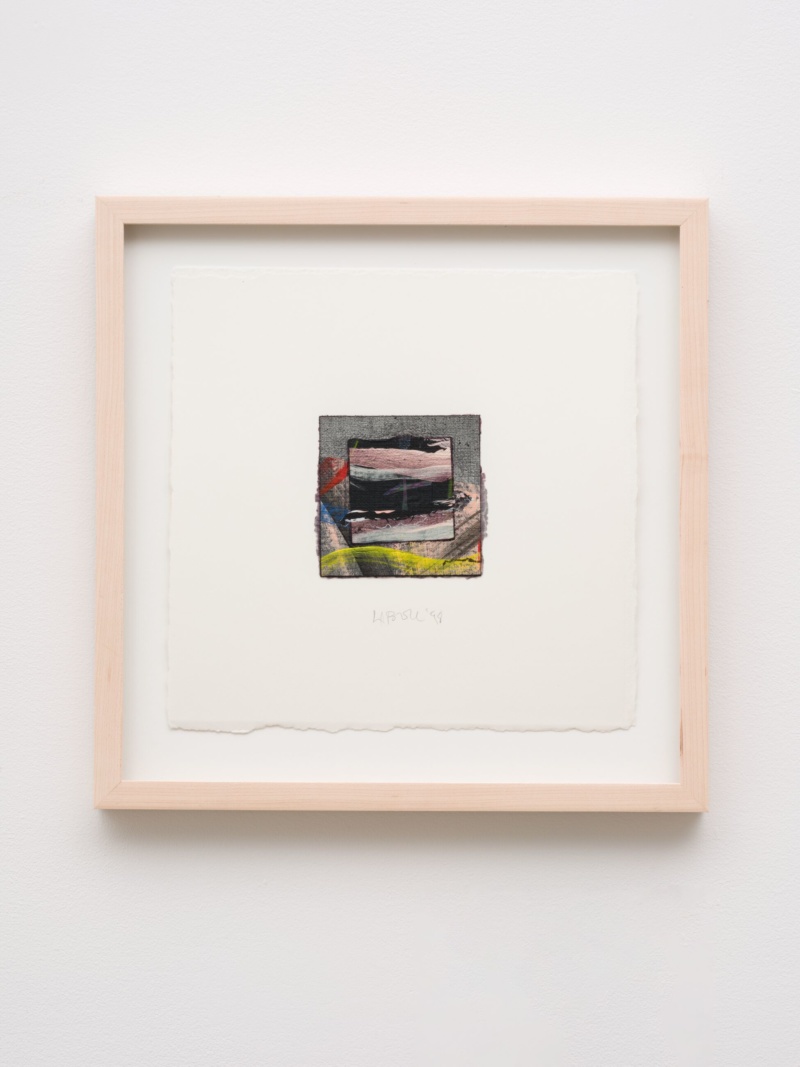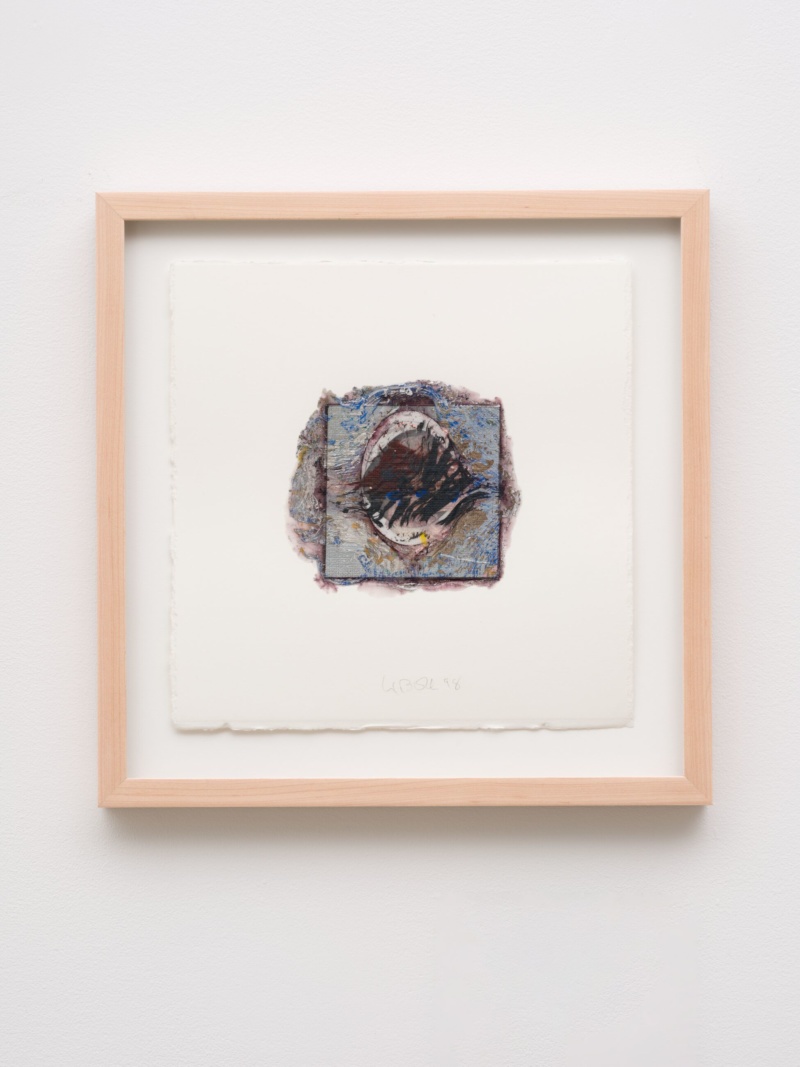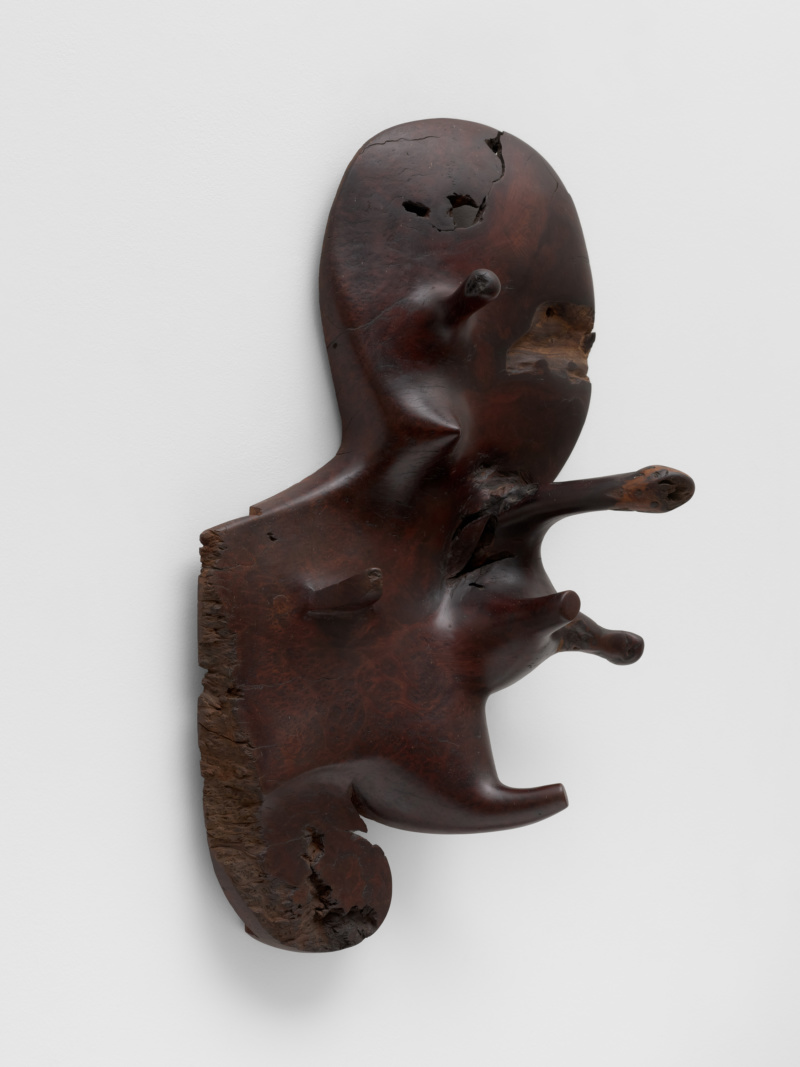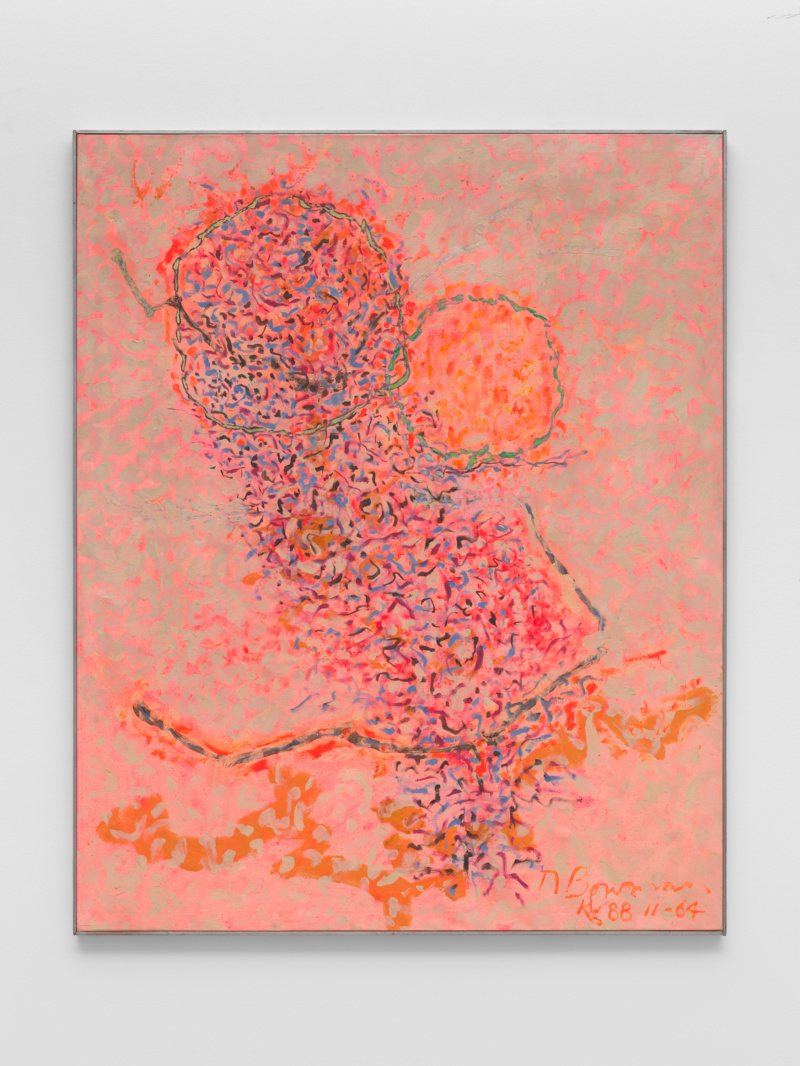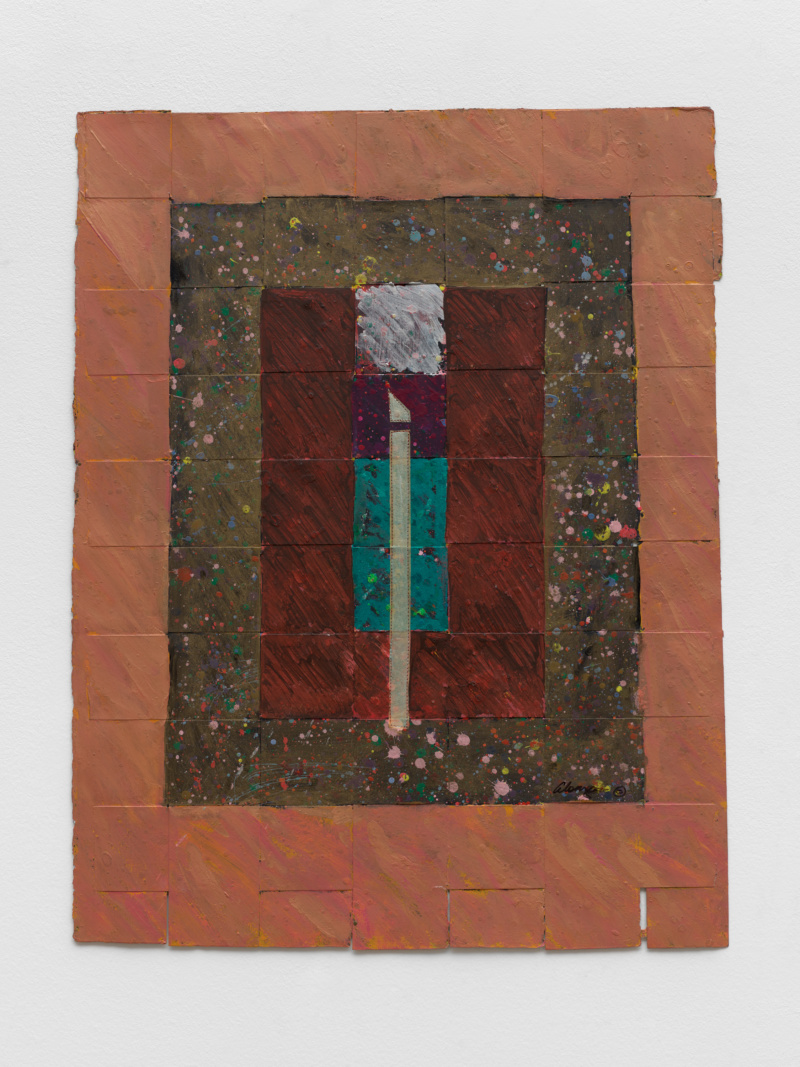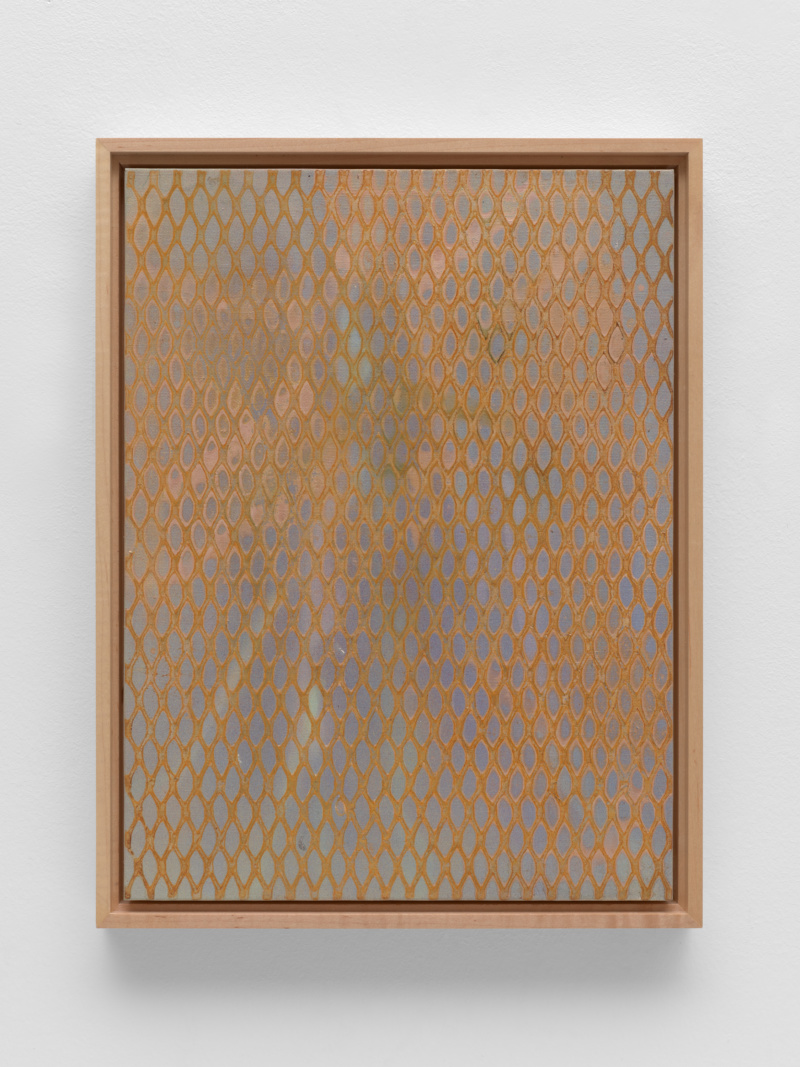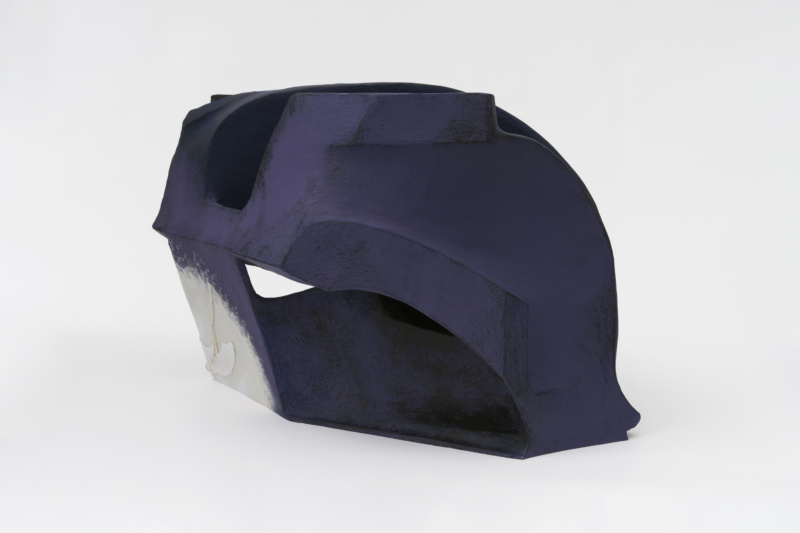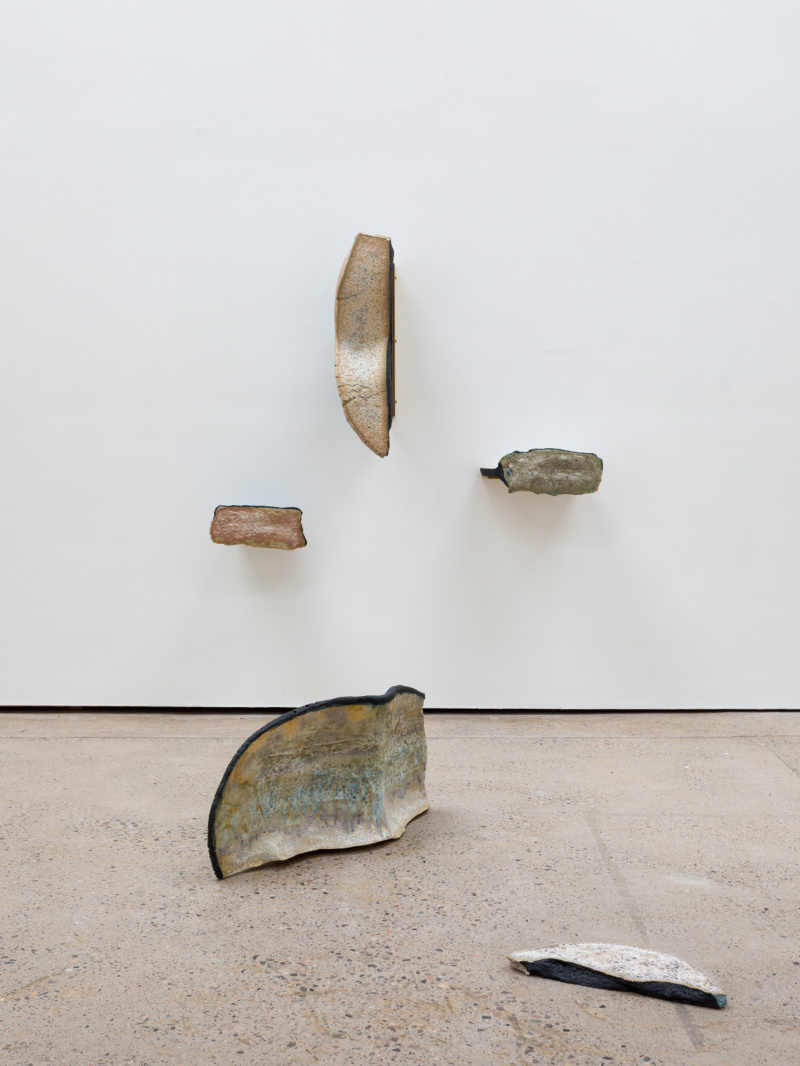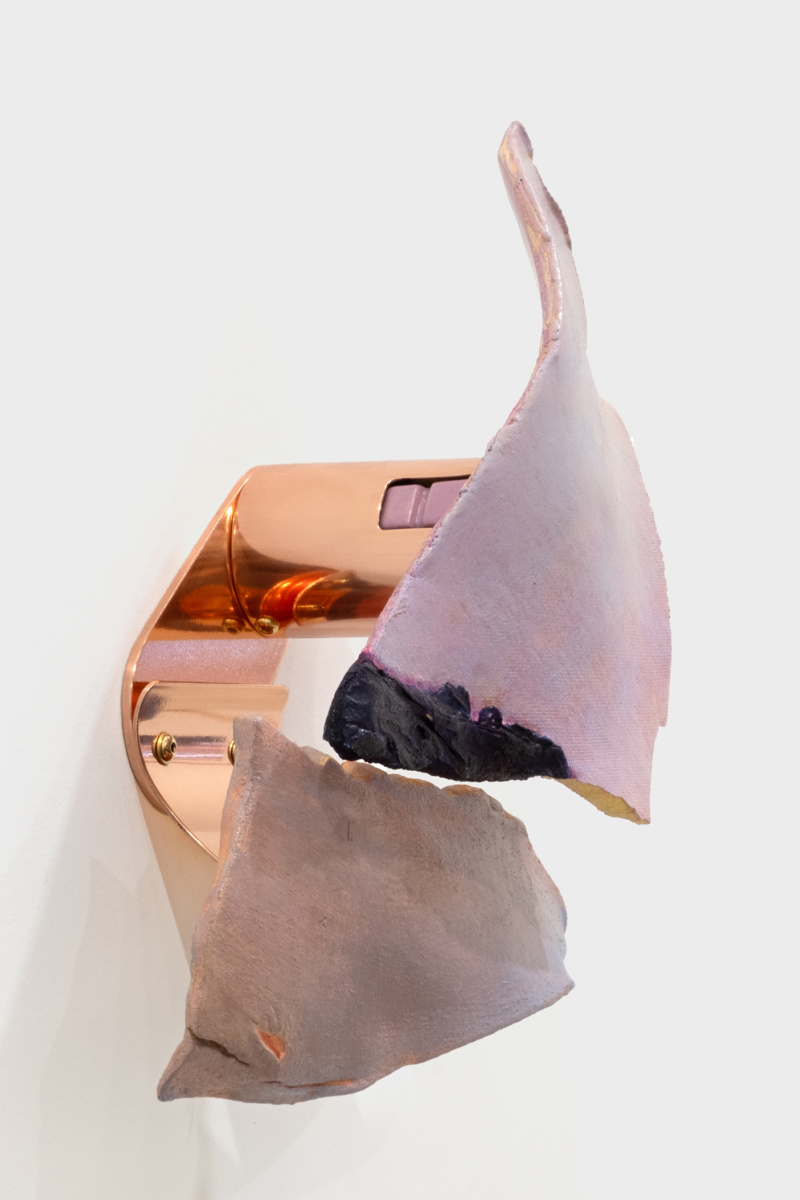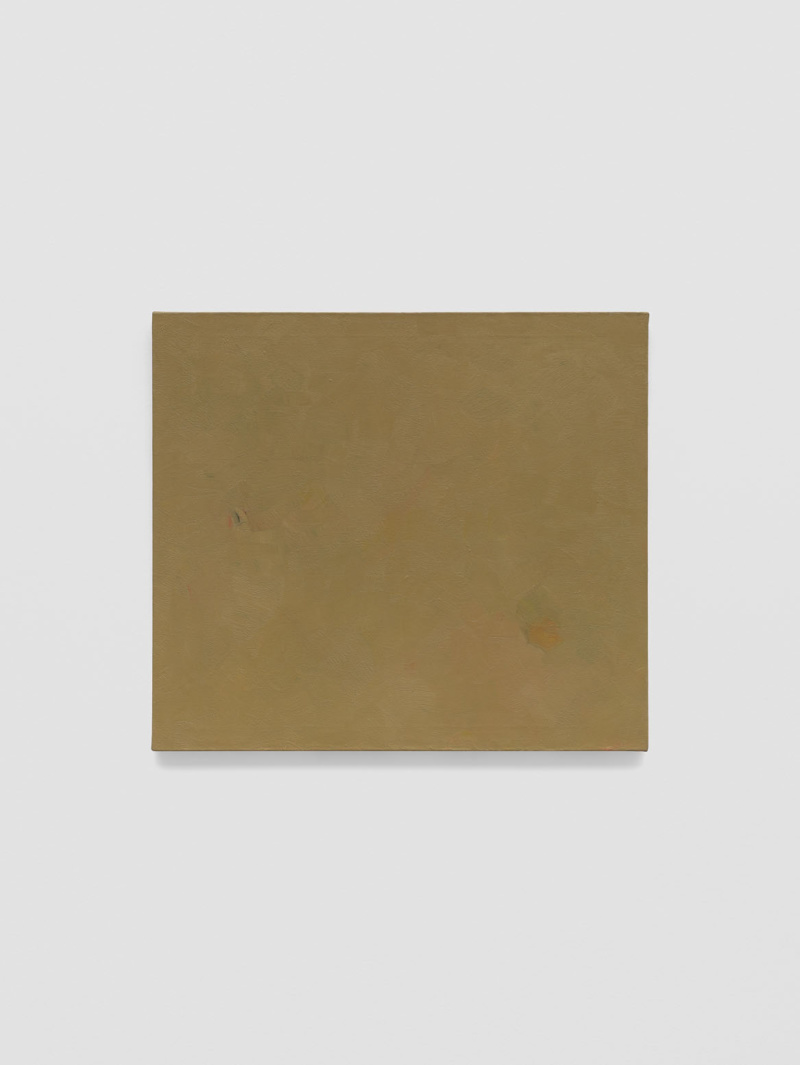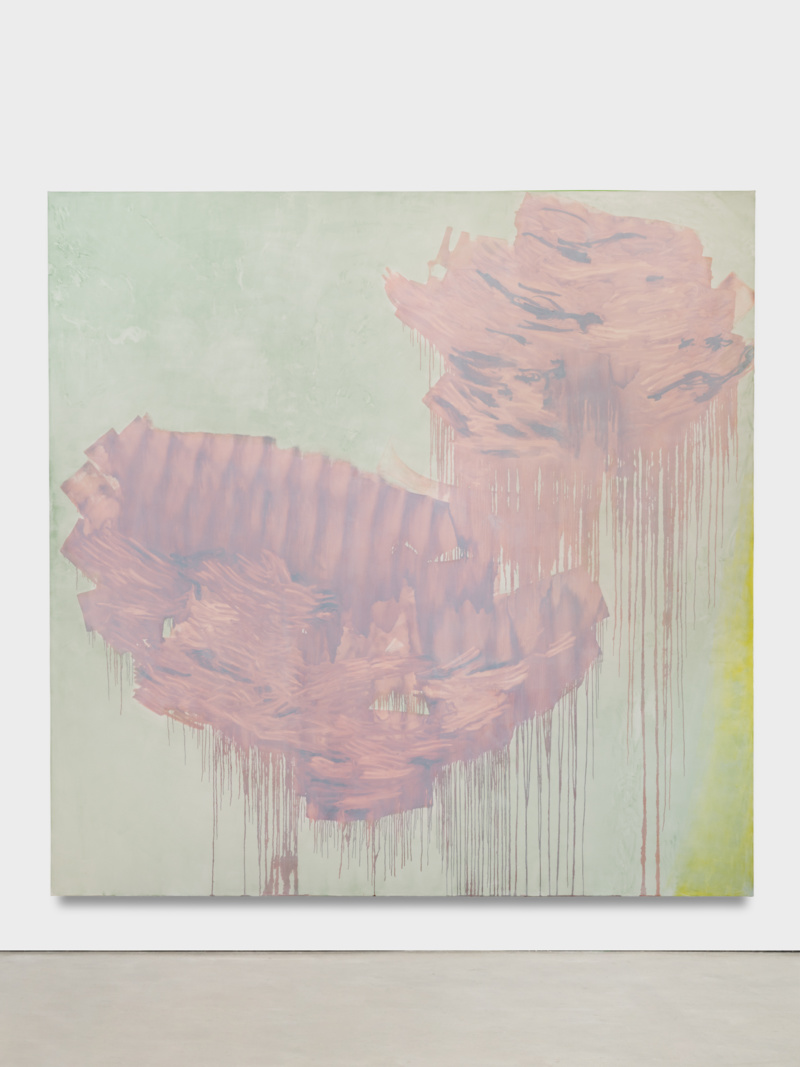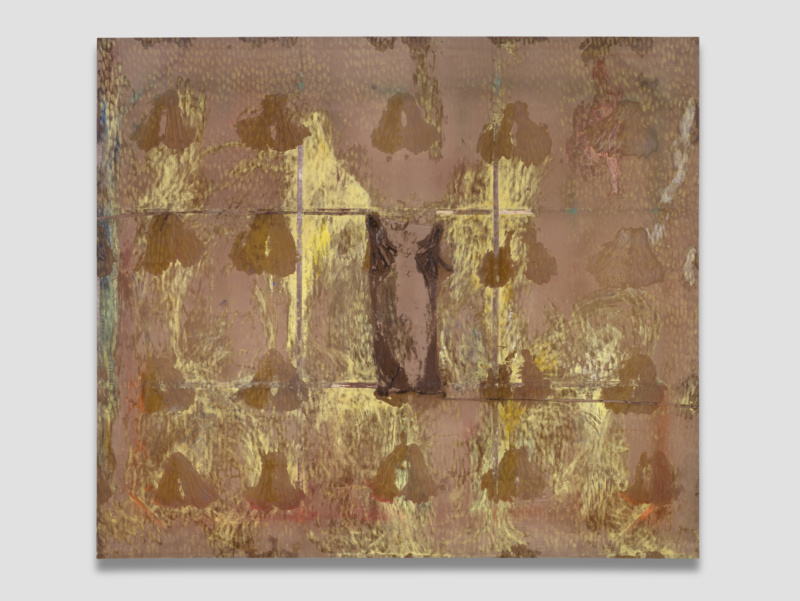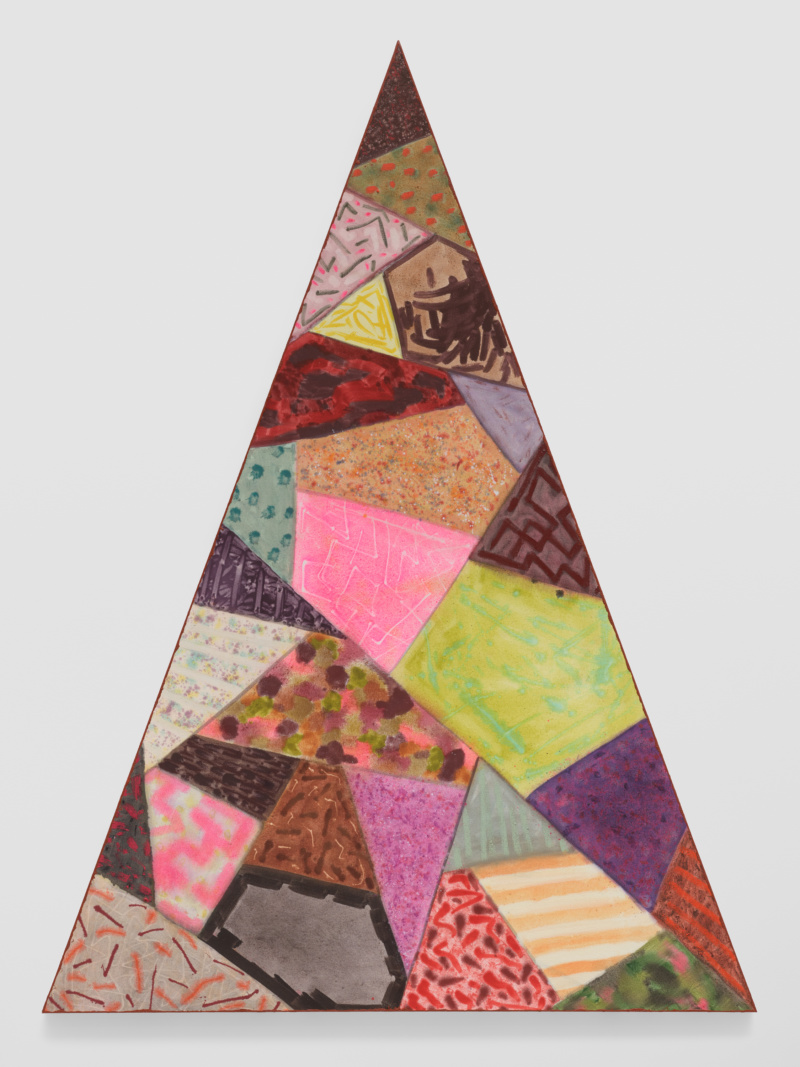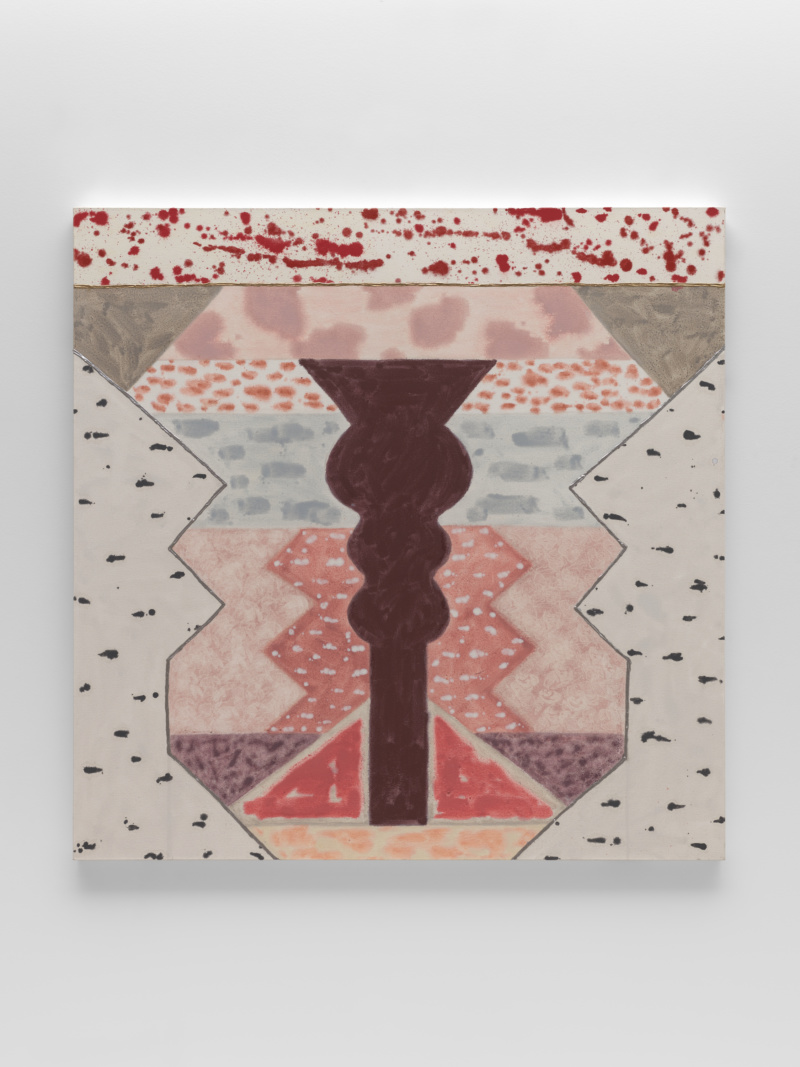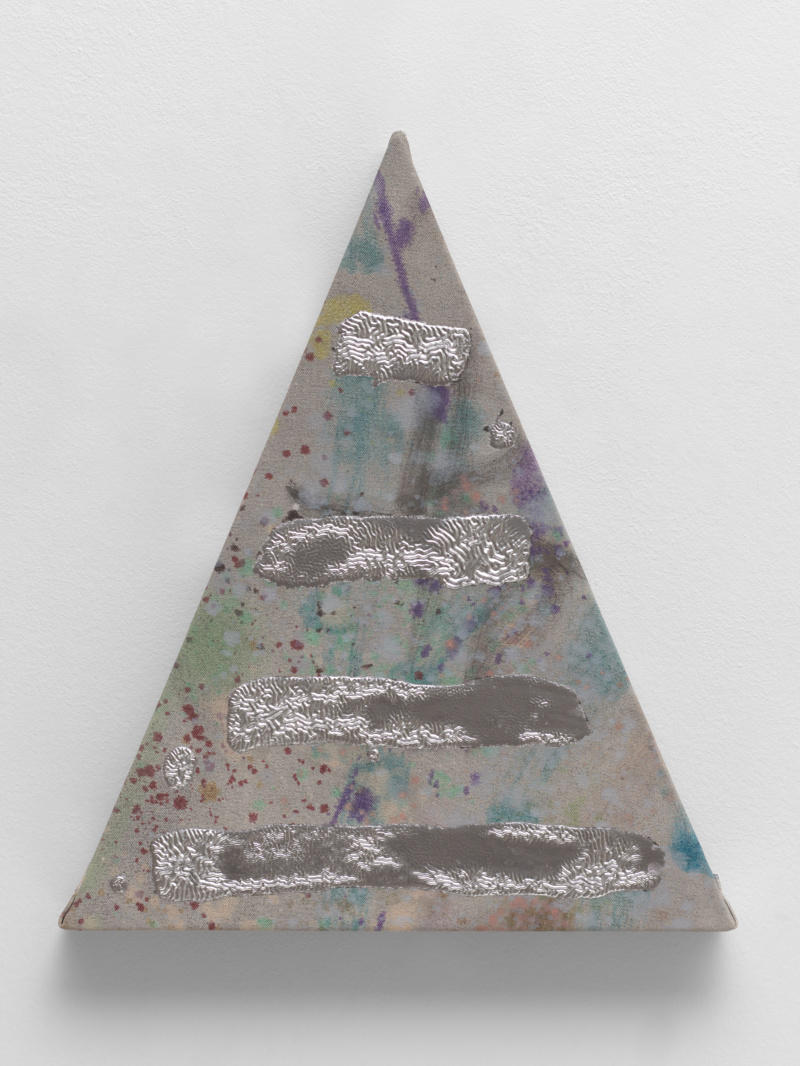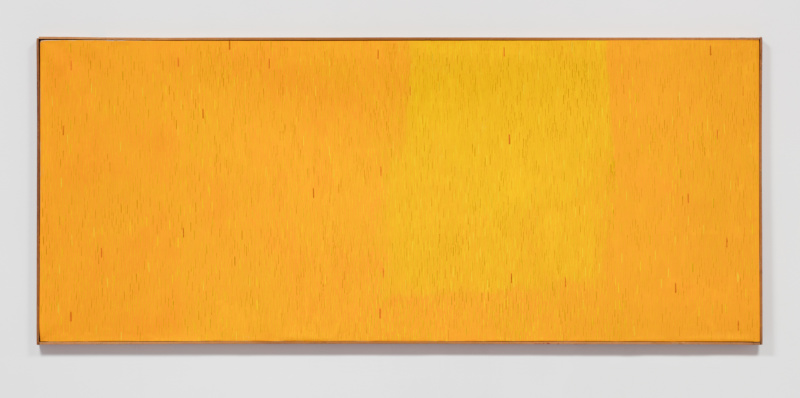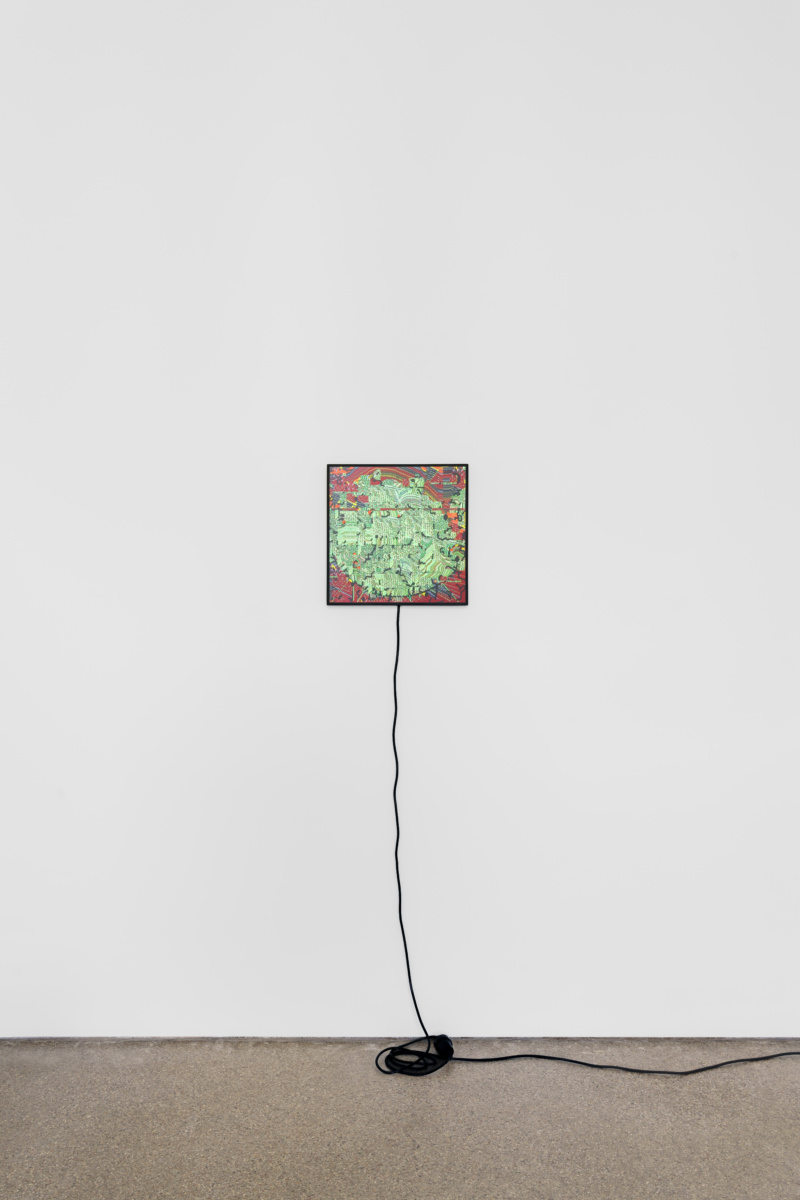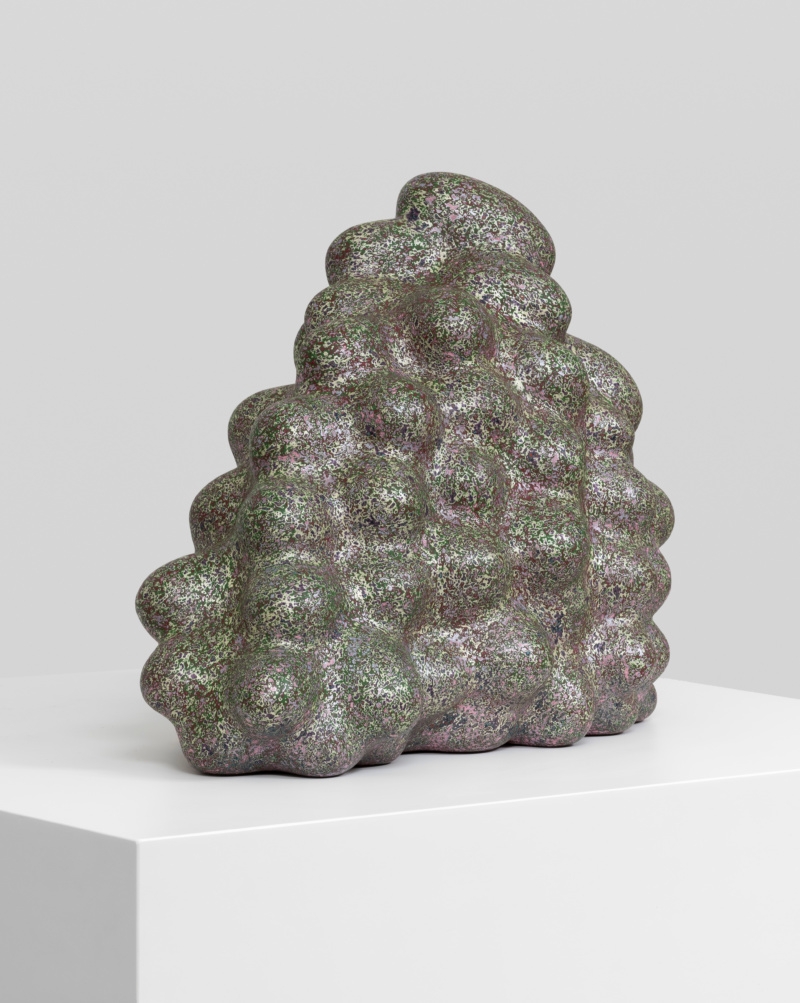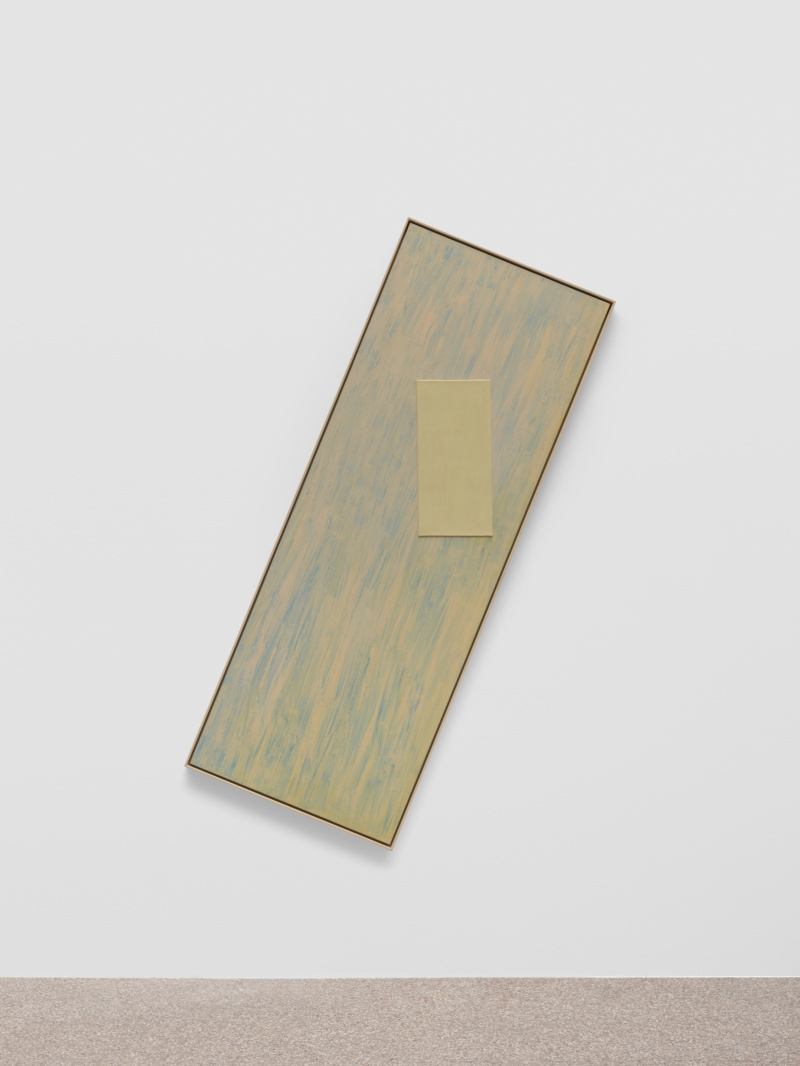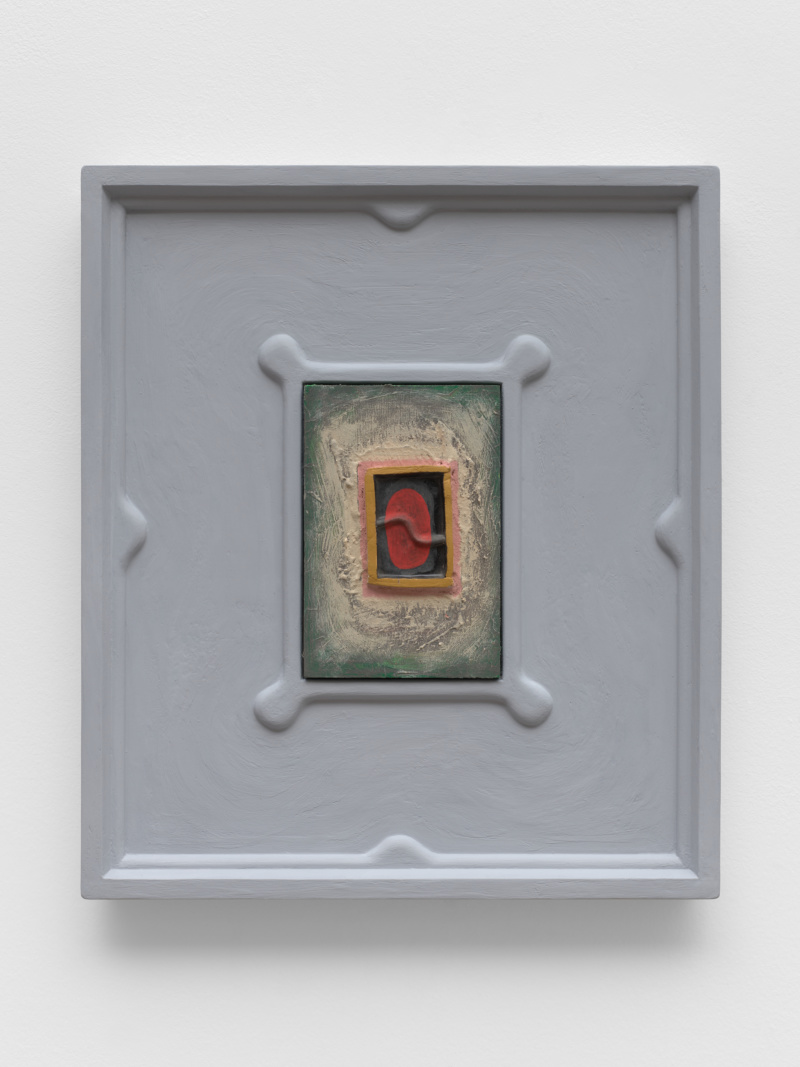Once The Block Is Carved, There Will Be Names
March 13 - May 3, 2025
Alma Allen
Teresa Baker
Larry Bell
JB Blunk
Richard Bowman
Luz Carabaño
CrossLypka
Alonzo Davis
Vincent Fecteau
Liz Larner
Alan Lynch
Erica Mahinay
Rebecca Morris
Lee Mullican
Ken Price
Noam Rappaport
Galerie Greta Meert is pleased to present Once The Block Is Carved, There Will Be Names, a group exhibition curated by the California-based artist Liam Everett and critic Jonathan Griffin. In recent years, Everett and Griffin have found themselves drawn to art that is not defined or prescribed by language, by recognizability or by external reference. Art, perhaps, that is about nothing, that, as Everett has said, constitutes “an encounter with a U.F.O.”
Once The Block Is Carved, There Will Be Names is a wide-ranging exhibition that convenes artists whose work may be understood as unknown and unknowable; recalcitrant; taciturn. While it is centered in the historical tradition of non-objective abstraction, particularly within painting and sculpture, it also believes – radically, perhaps – in the continuing possibility of newness and discovery, and of finding quiet space in the crowded and noisy arena of contemporary discourse.
Culture comes to us enveloped in a cacophony of language. Hot-takes, positions, opinions, stories, listicles, exposés; all of it assails us from the moment we check the notifications on our devices first thing in the morning until we close them before bed at night. Online discourse is streamlined for consumption at speed, and thus depends on familiar and instantly recognizable signifiers.
More than ever before in history, visual art is contextualized by written information: by biography, by identity, by geography, by history, by reference and quotation, by collegial affinity. Most art is understood by perceiving what it is about, rather than what it is. This is how most art today reaches its audience, presented pre-wrapped in interpretation, with the disclosure of the artist’s intention, its meaning and consequence, all clearly signposted.
“Today we chase after information, without gaining knowledge. We take note of everything, without gaining insight,” writes the philosopher Byung-Chul Han.
Once The Block Is Carved, There Will Be Names makes space for art that resists such signposting, art that contains no references, no pre-determined meaning, and no linguistic clues to its supposed solution. The exhibition is against destination-oriented art, and is instead an impassioned defense of the value of looking when you don’t know what you’re looking at, for making when you don’t know what it is you’re making. It celebrates art that is unselfconscious, that embodies a lack of ego. Despite the diverse backgrounds of the makers included within its scope, it avoids art used as an instrument of personal identification or political messaging.
The West Coast of the United States has long been a place for people looking for something, even if they don’t necessarily know what it is they’re looking for. Once The Block Is Carved, There Will Be Names will highlight the work of contemporary artists working in the tradition of such influential West Coast figures as Larry Bell, Ken Price, J.B. Blunk and Lee Mullican. Aside from painting, clay plays a major role in the story of abstraction on the West Coast. Throughout its history, many West Coast artists were also influenced by Eastern thought. While literally-minded figurative picture-making has experienced something of a recent boom, other artists have quietly held close to the ongoing possibilities and freedoms inherent in non-representational production.
